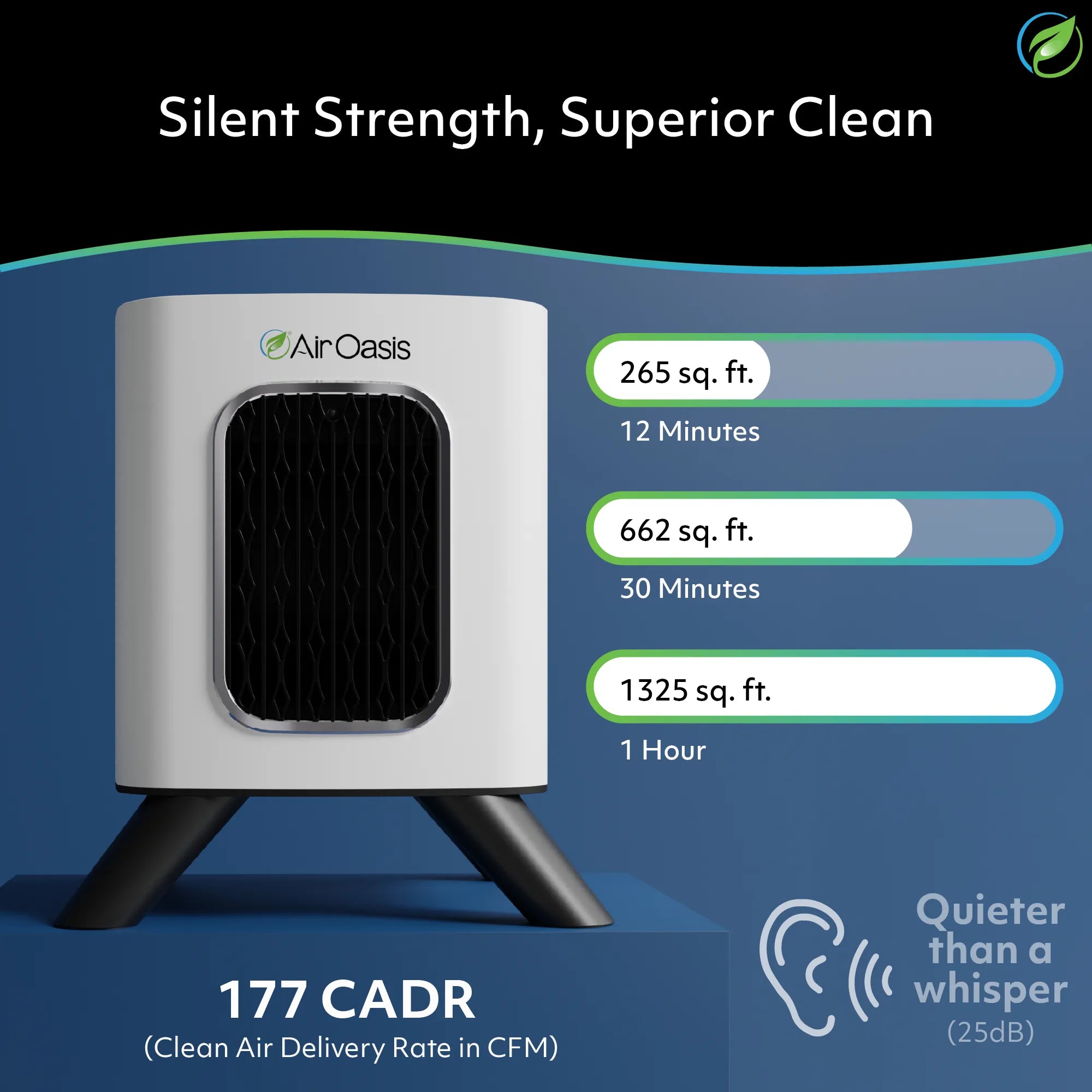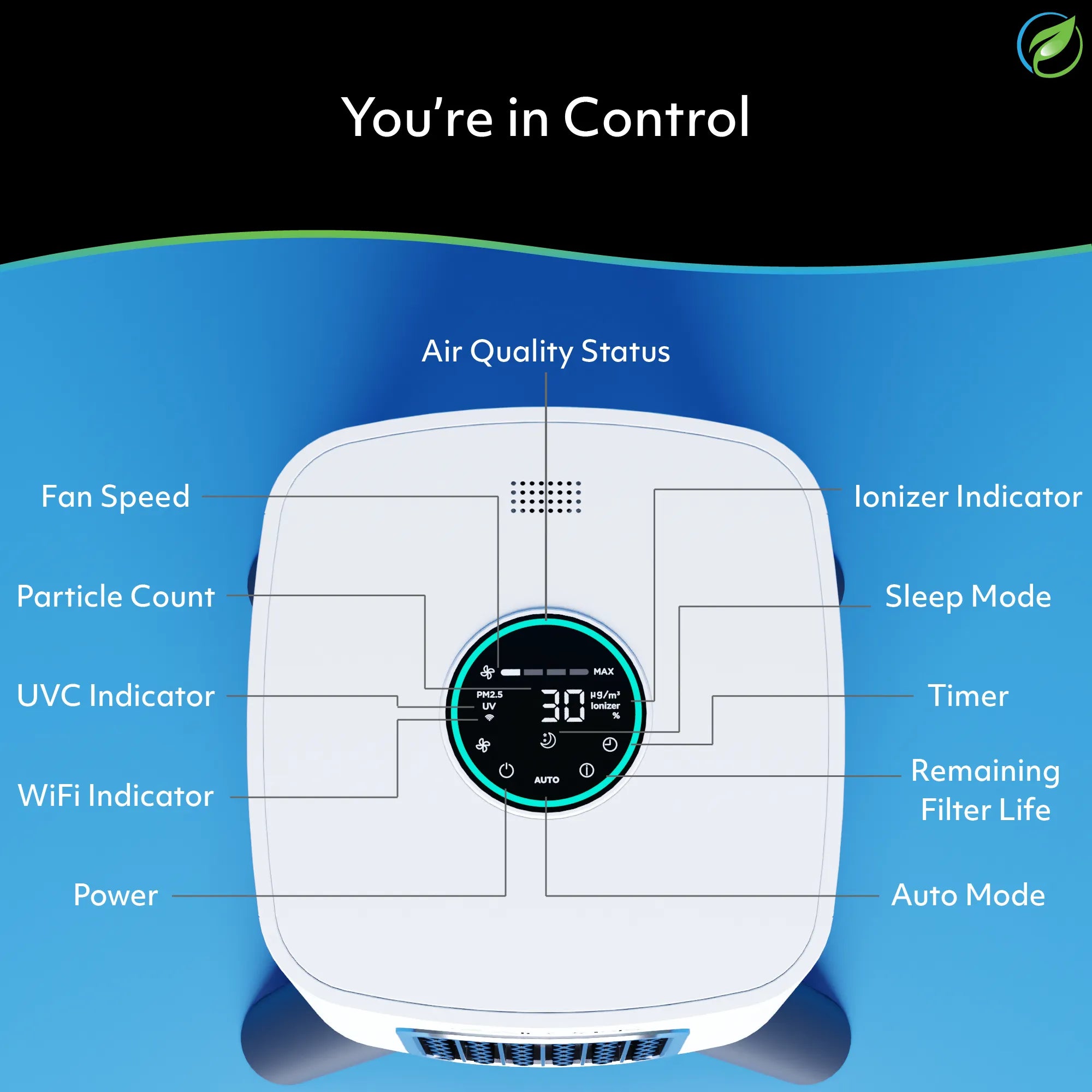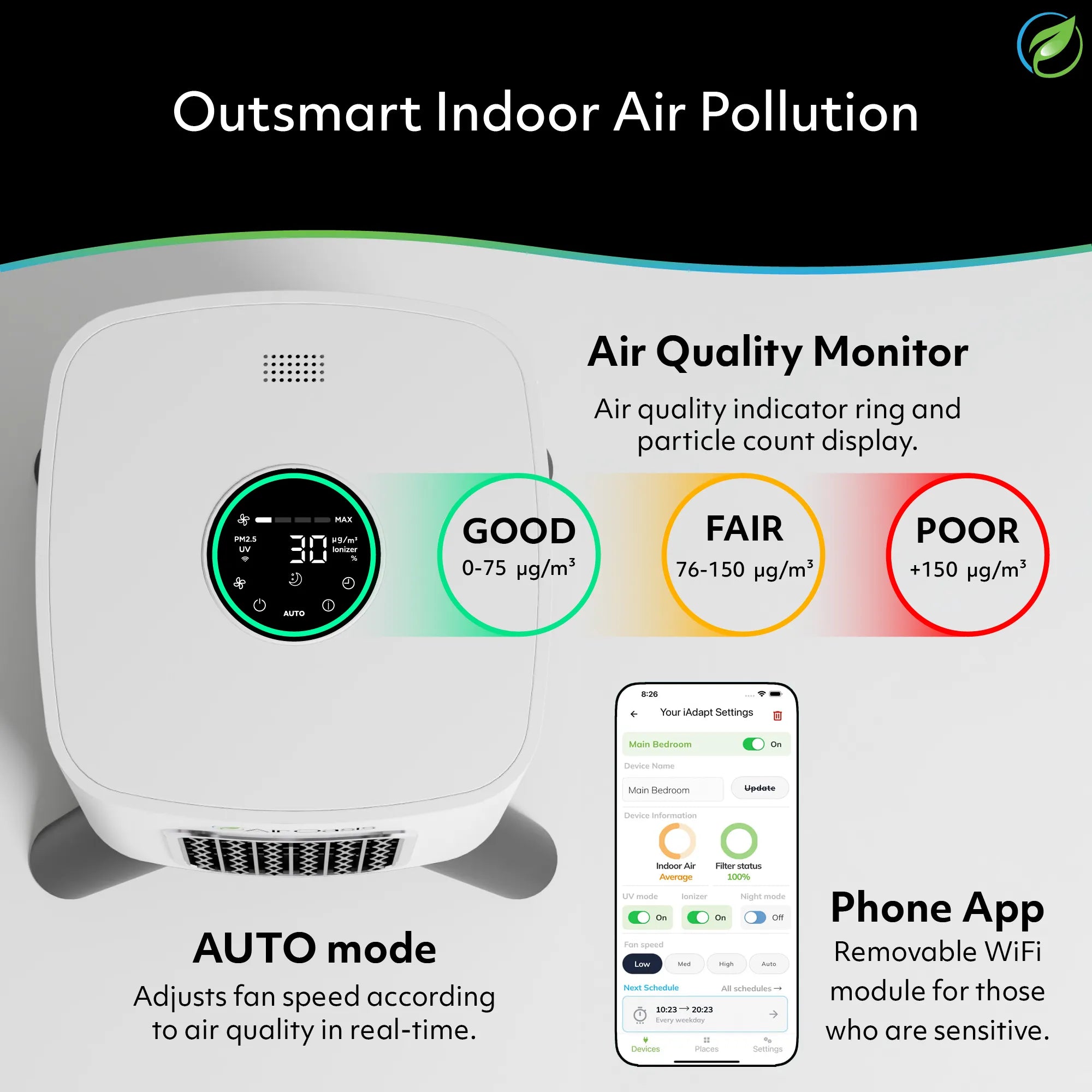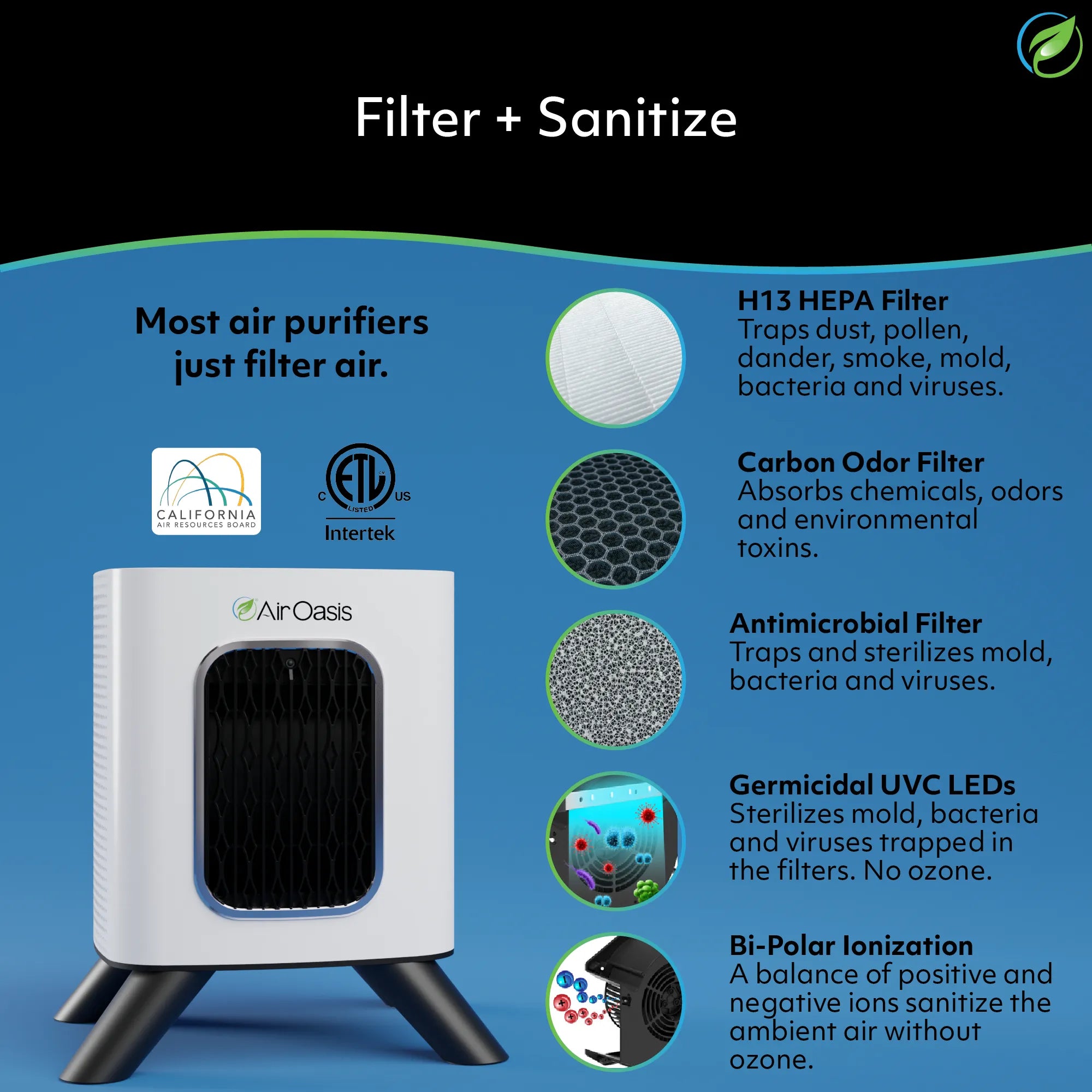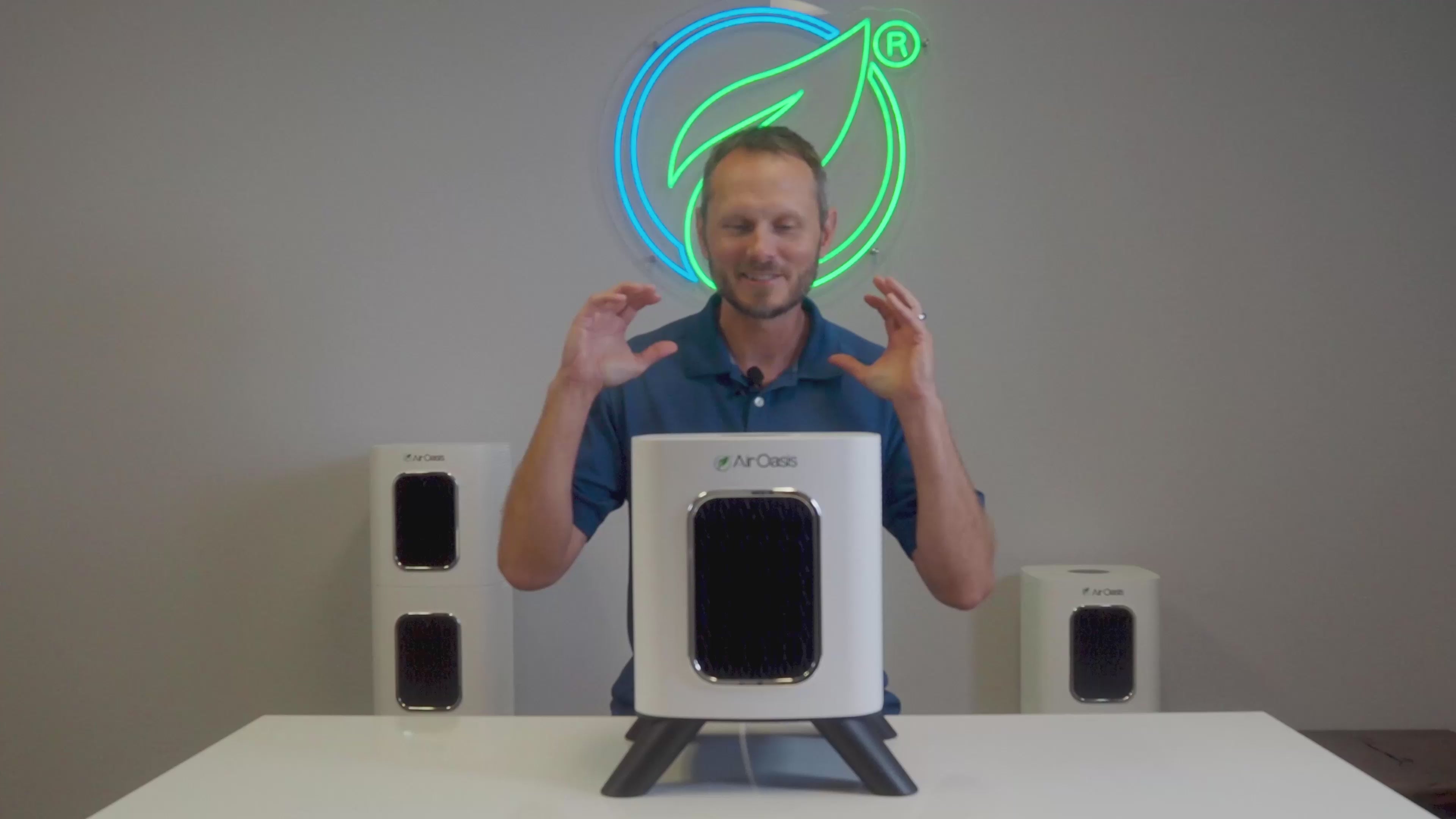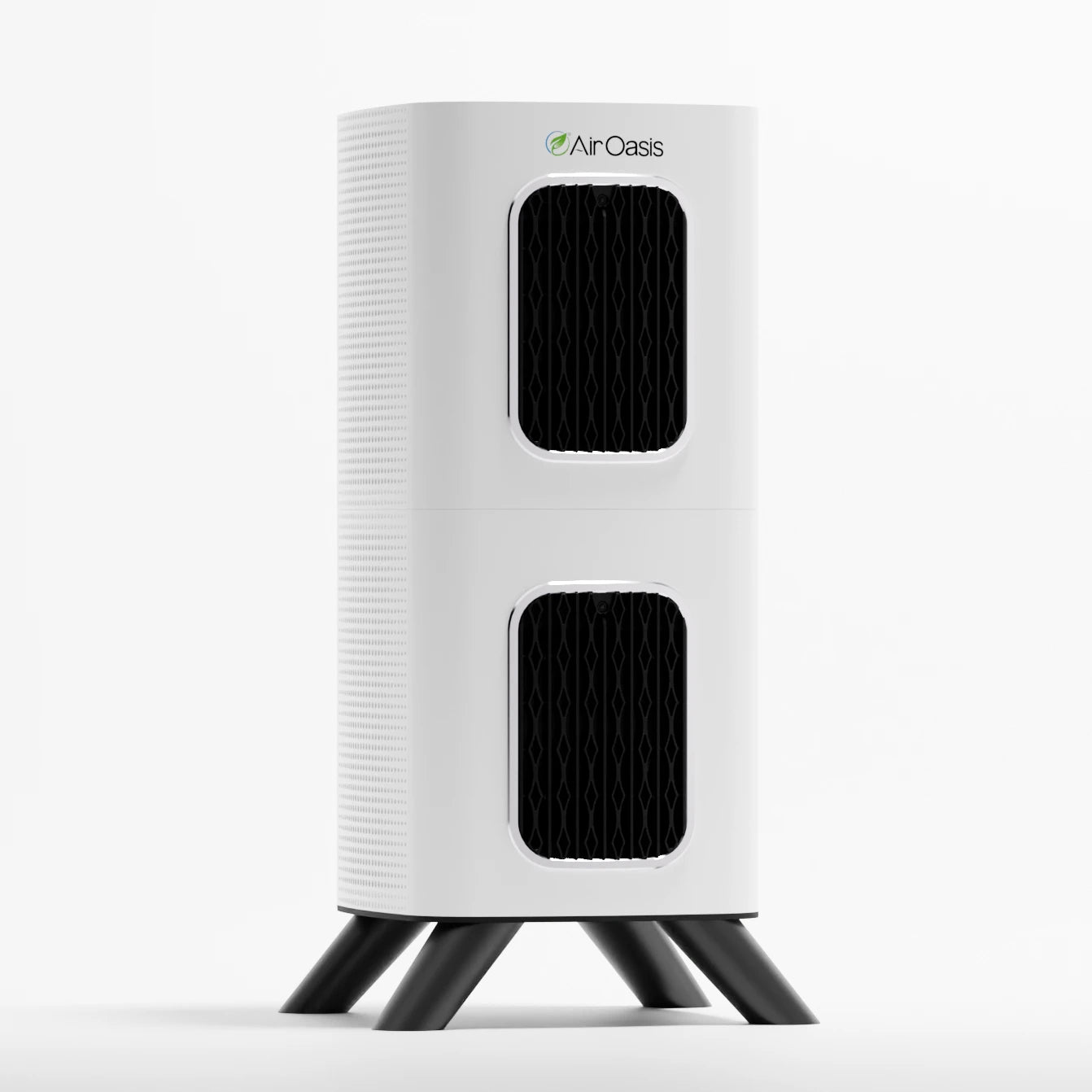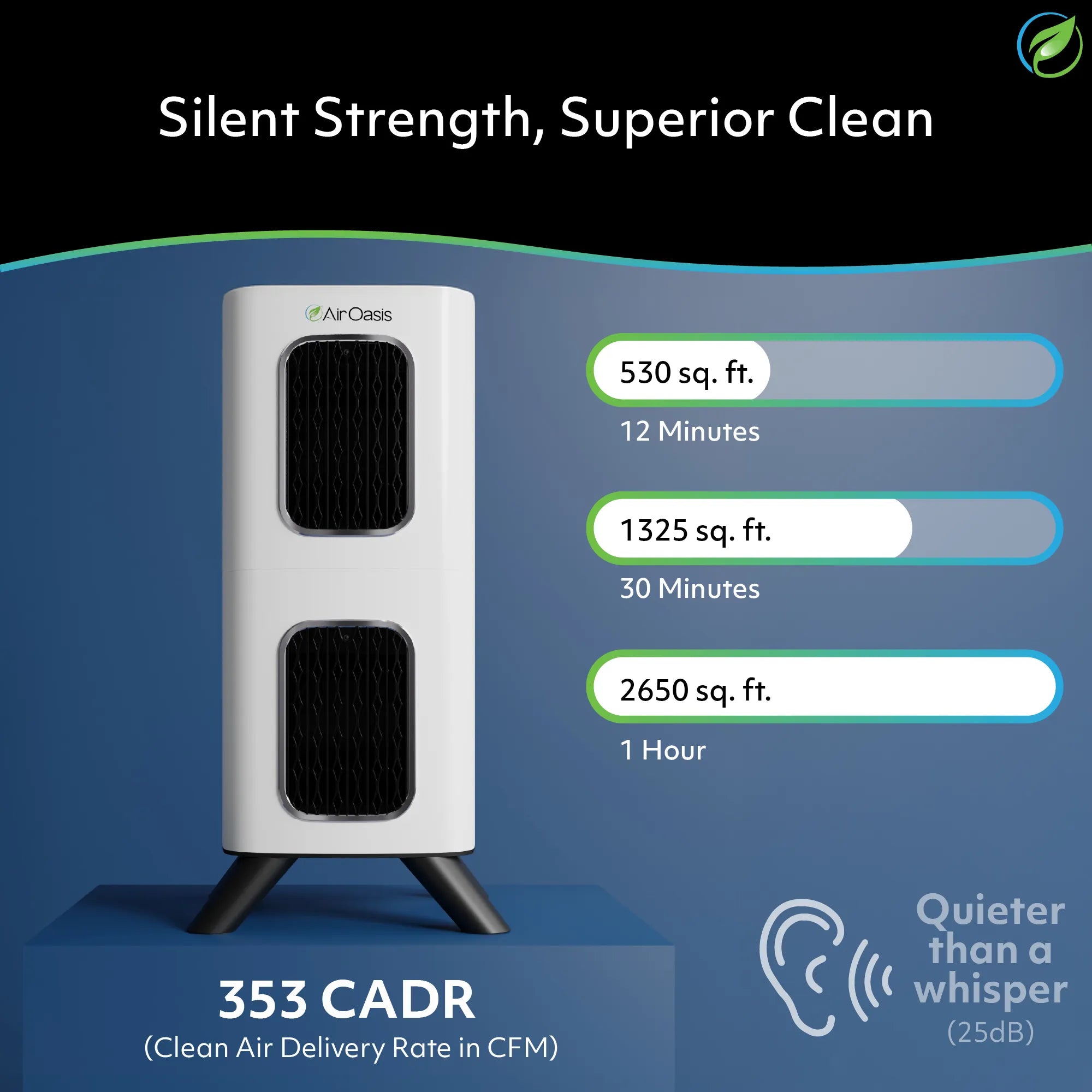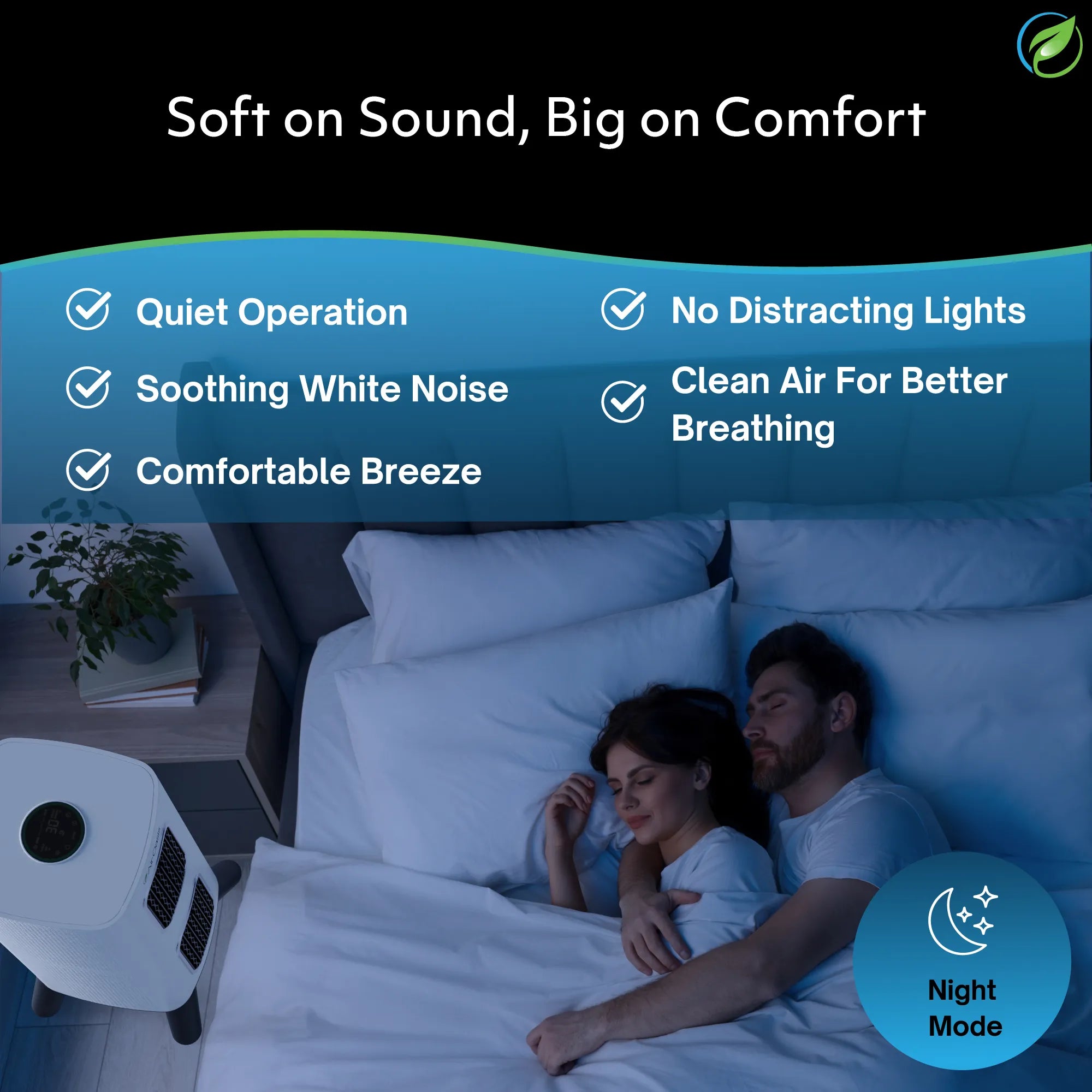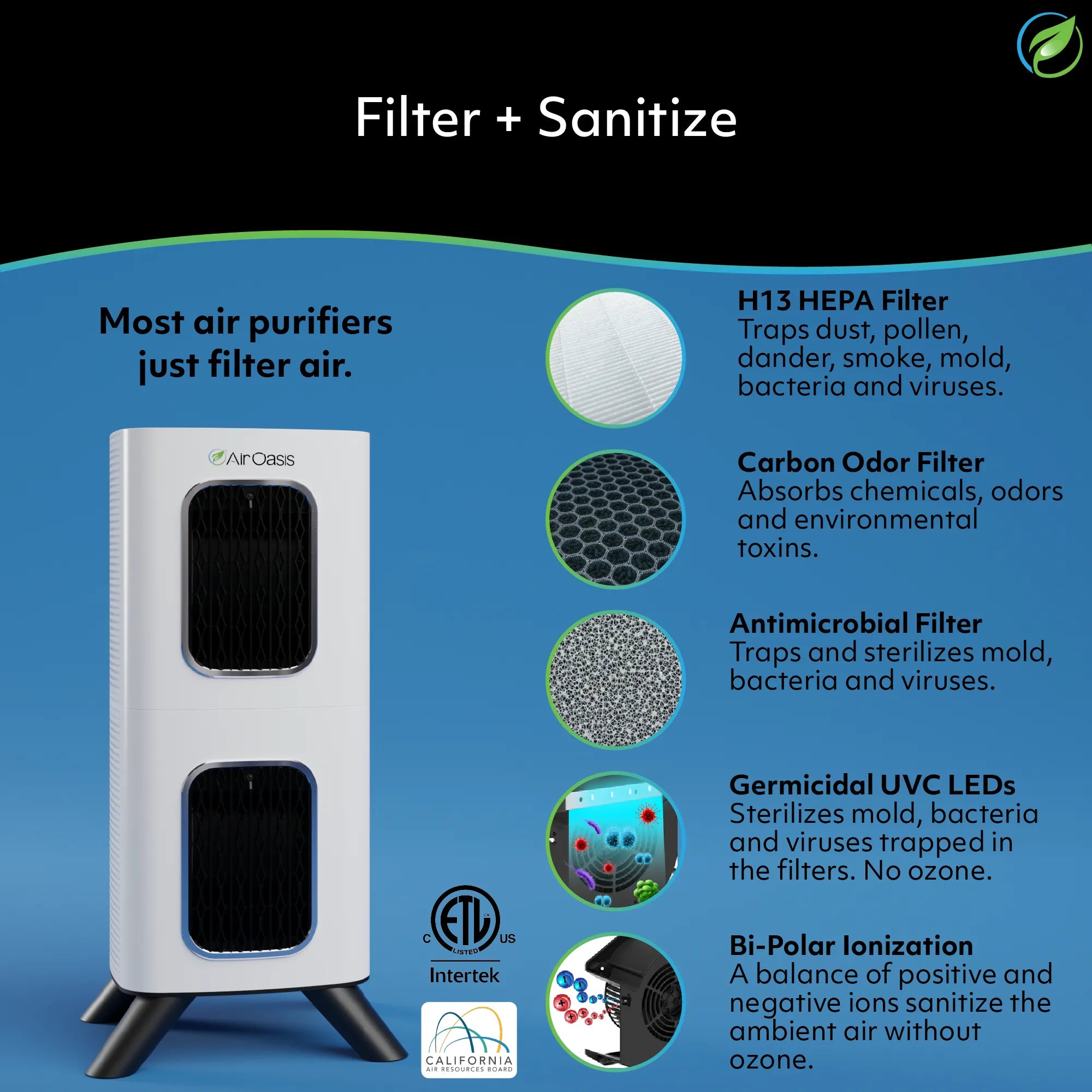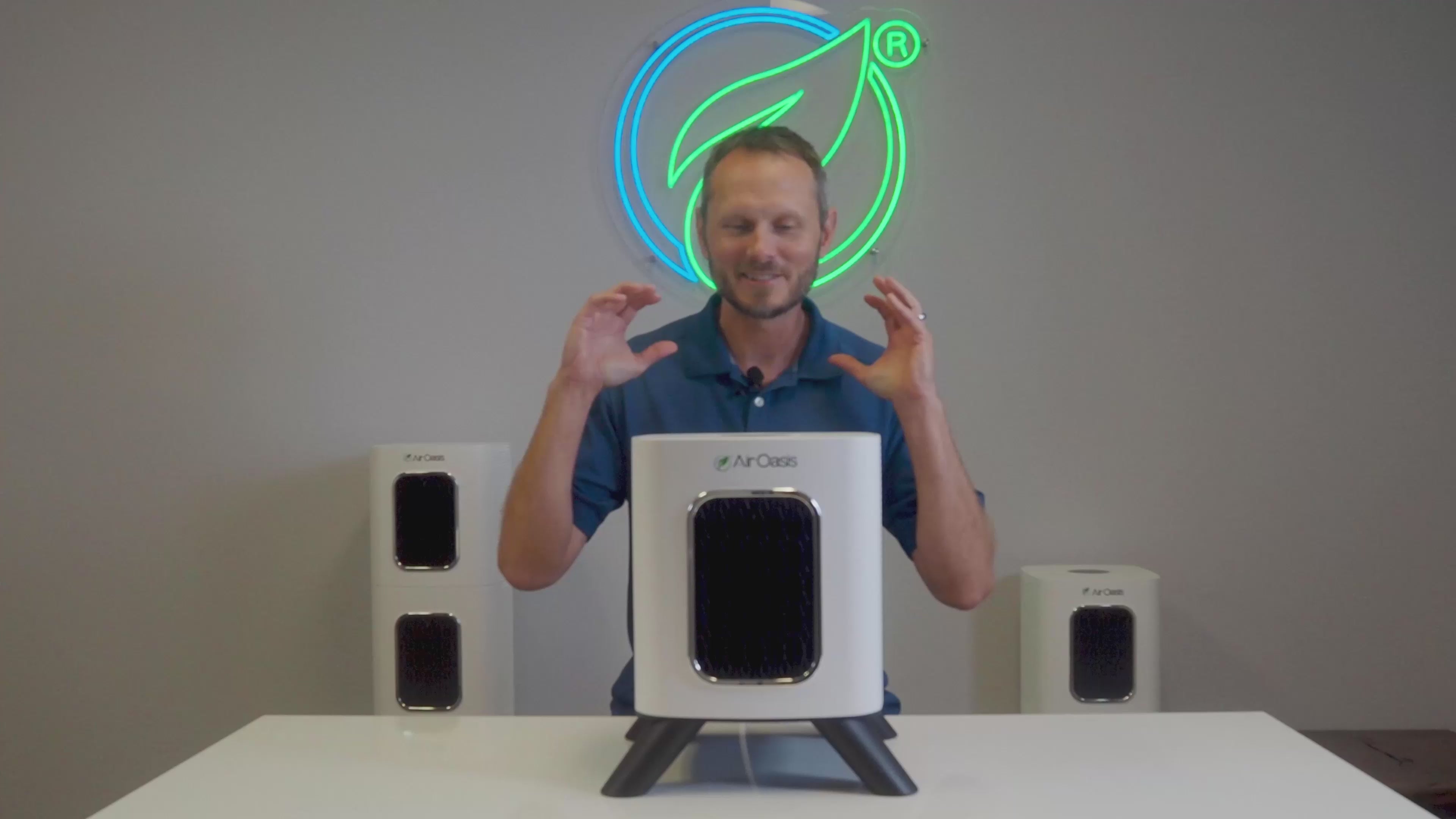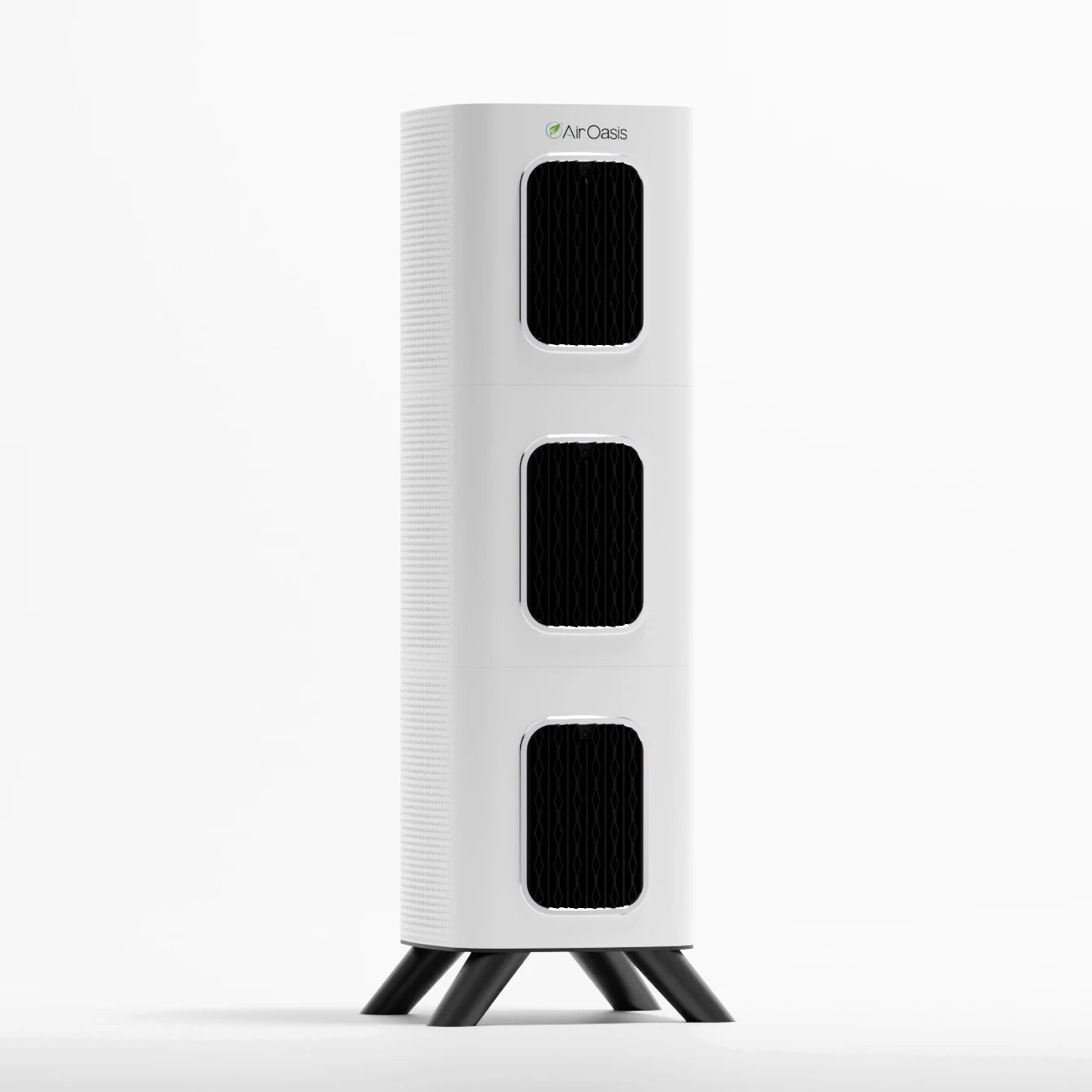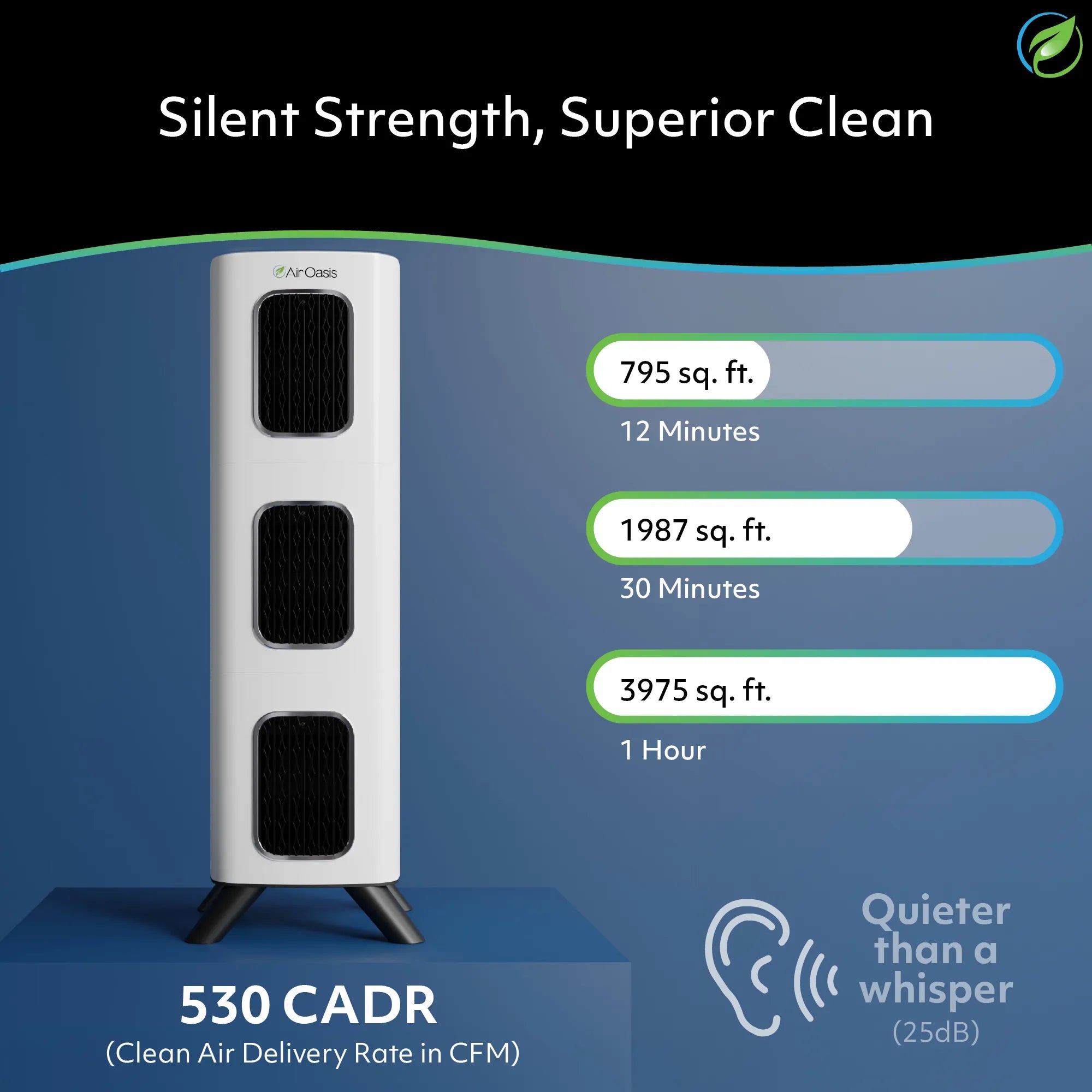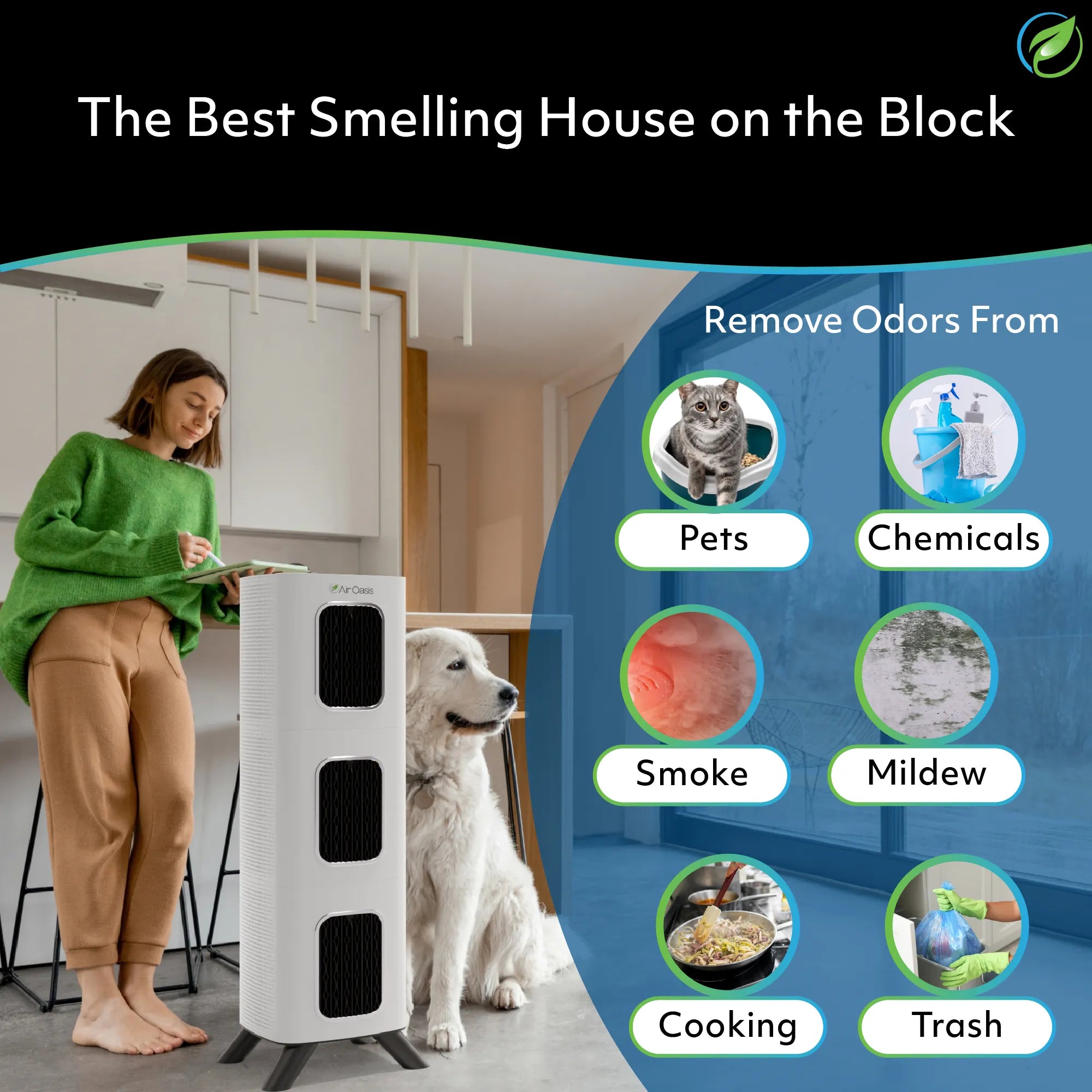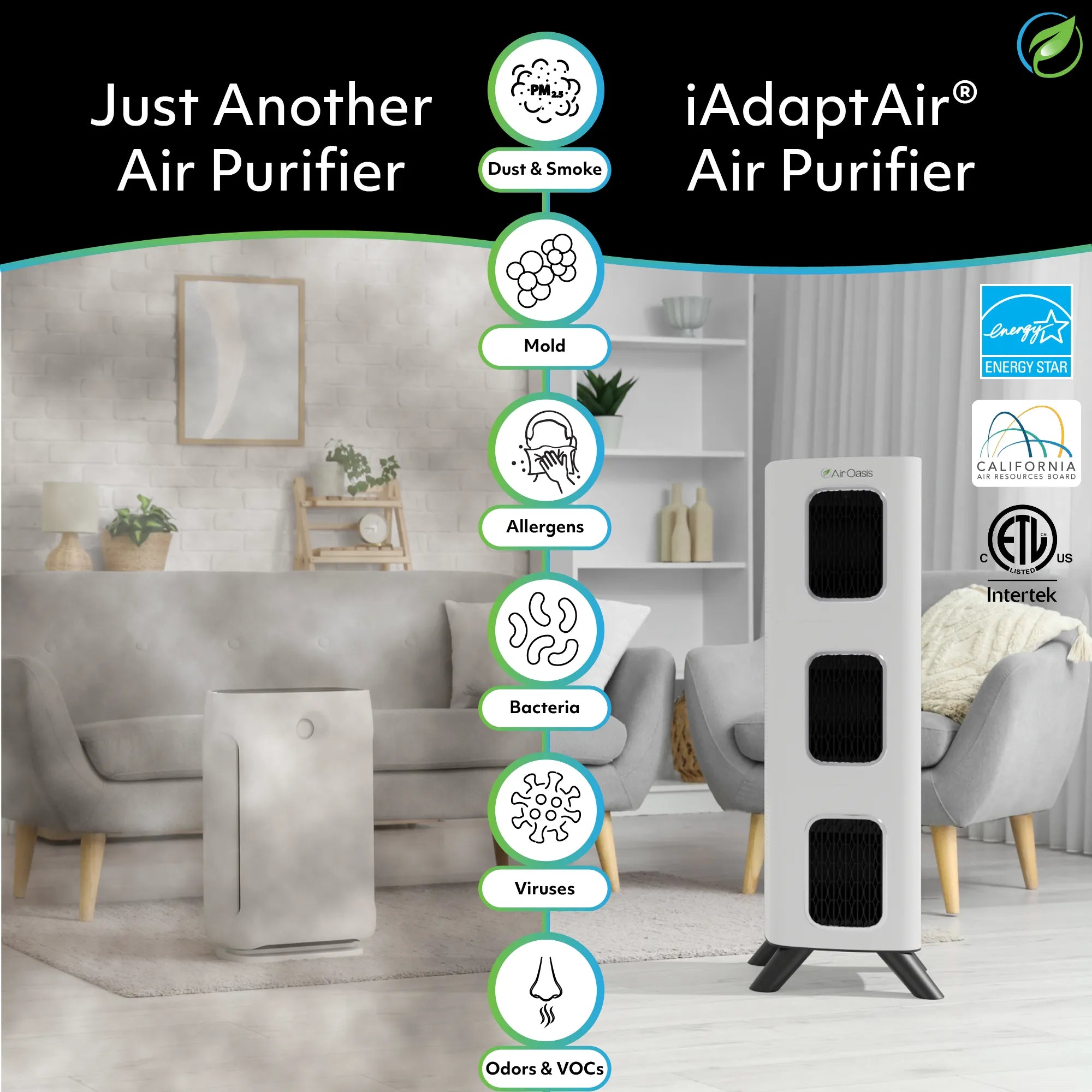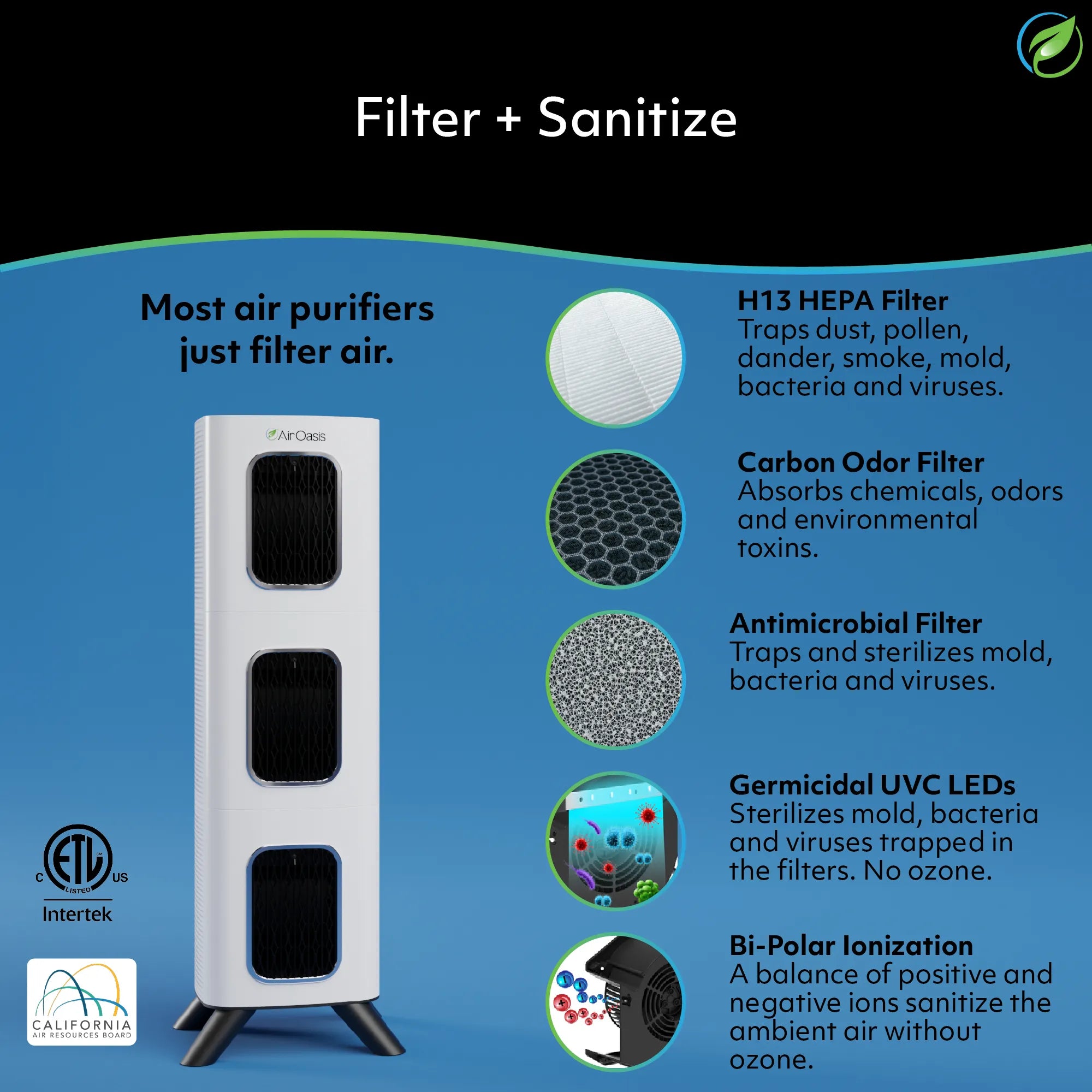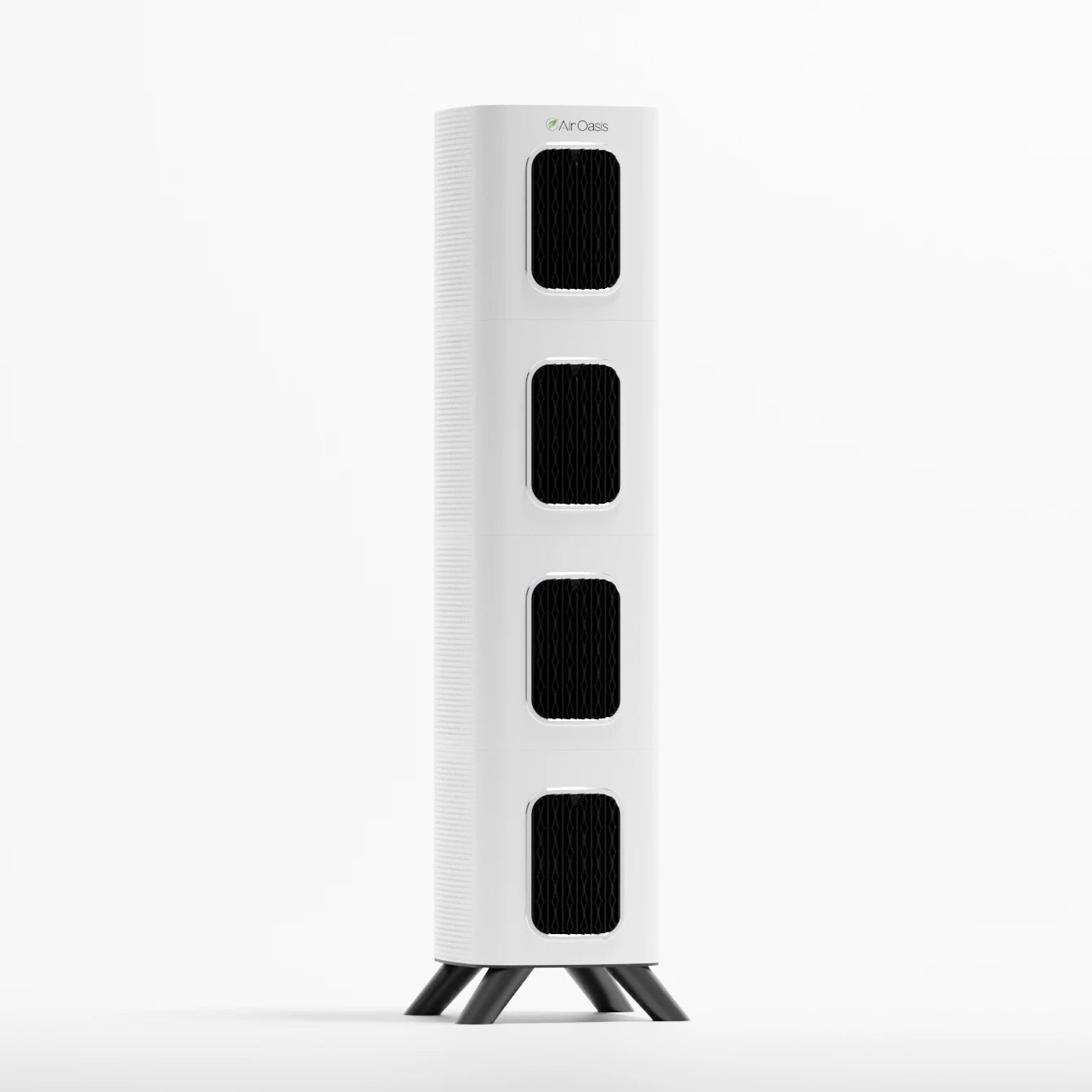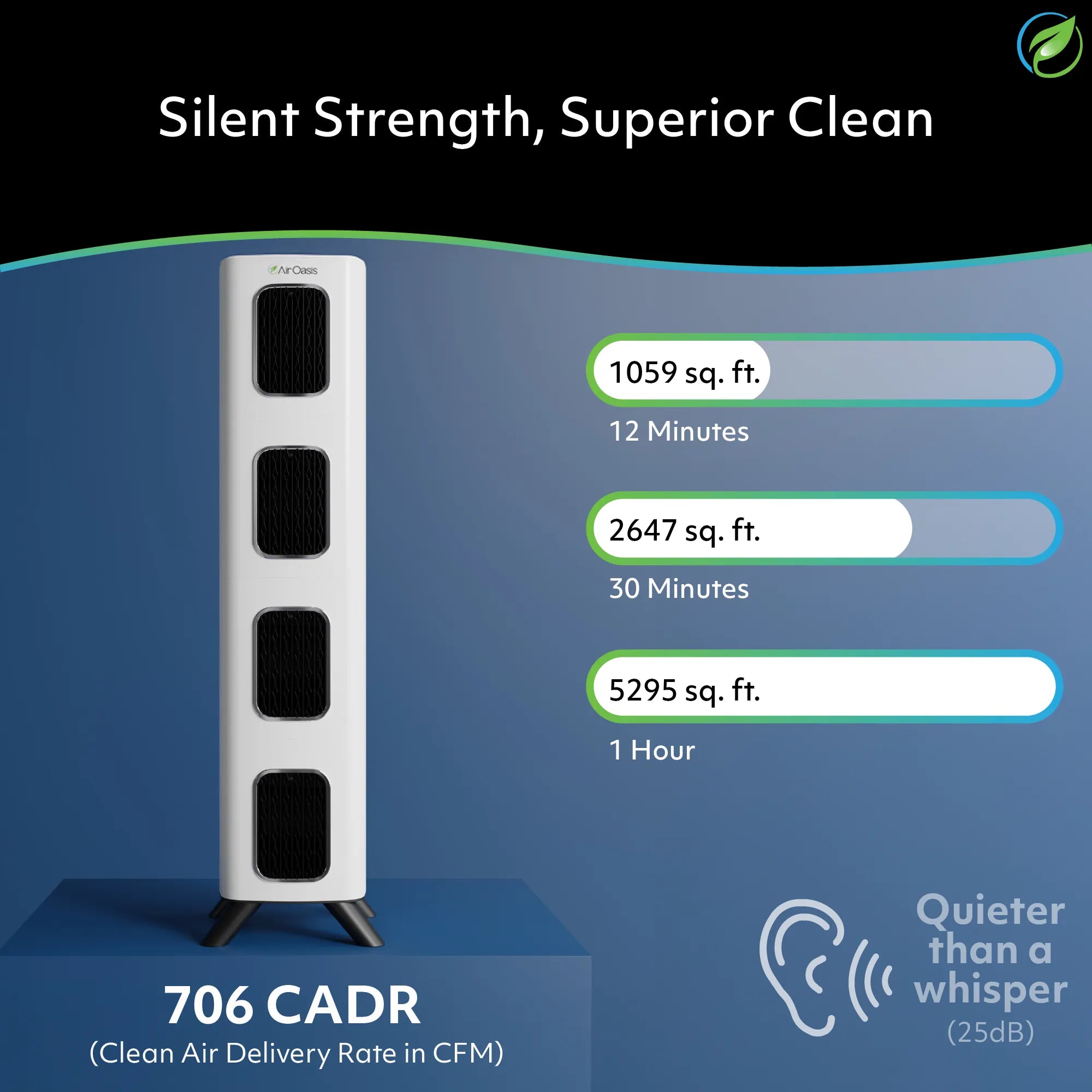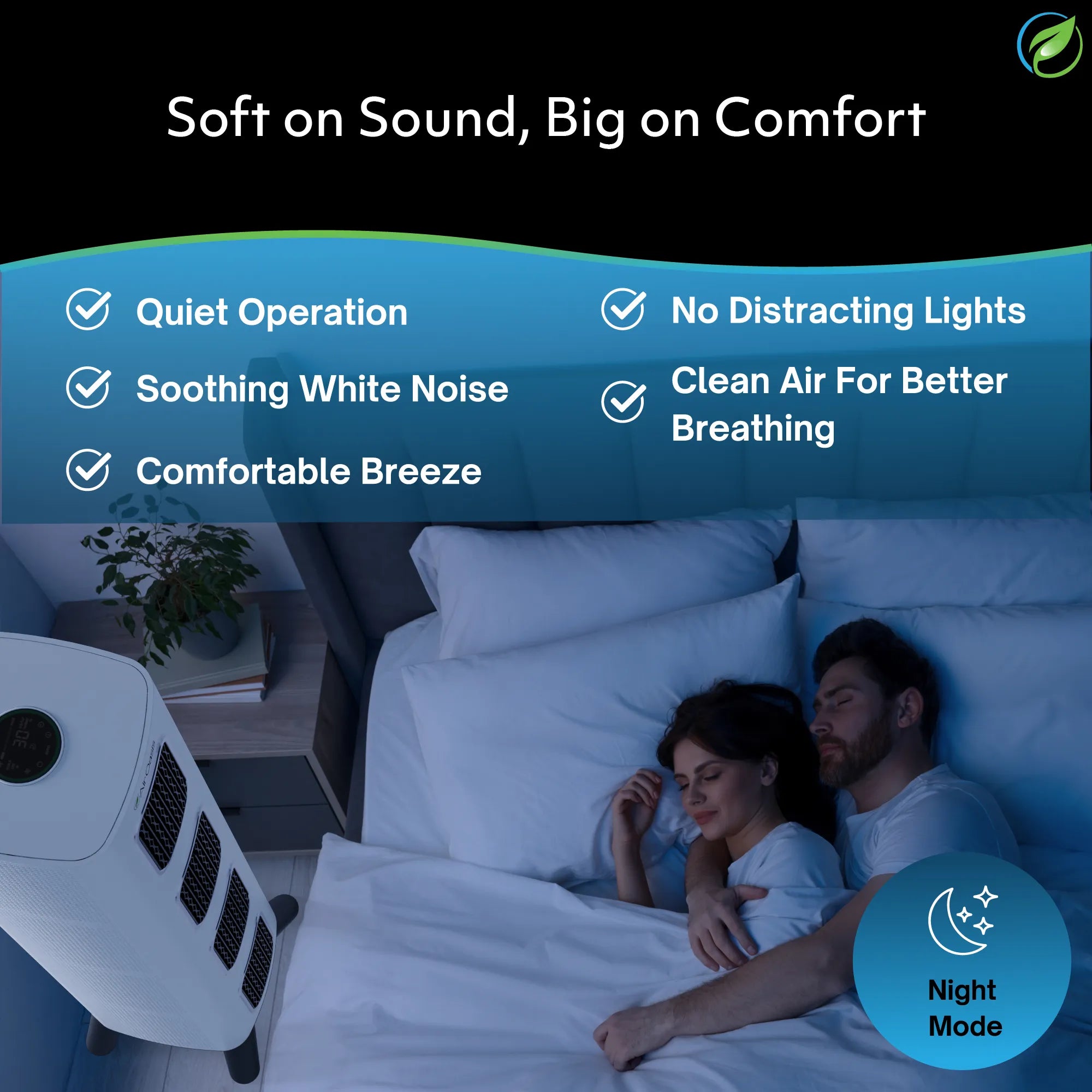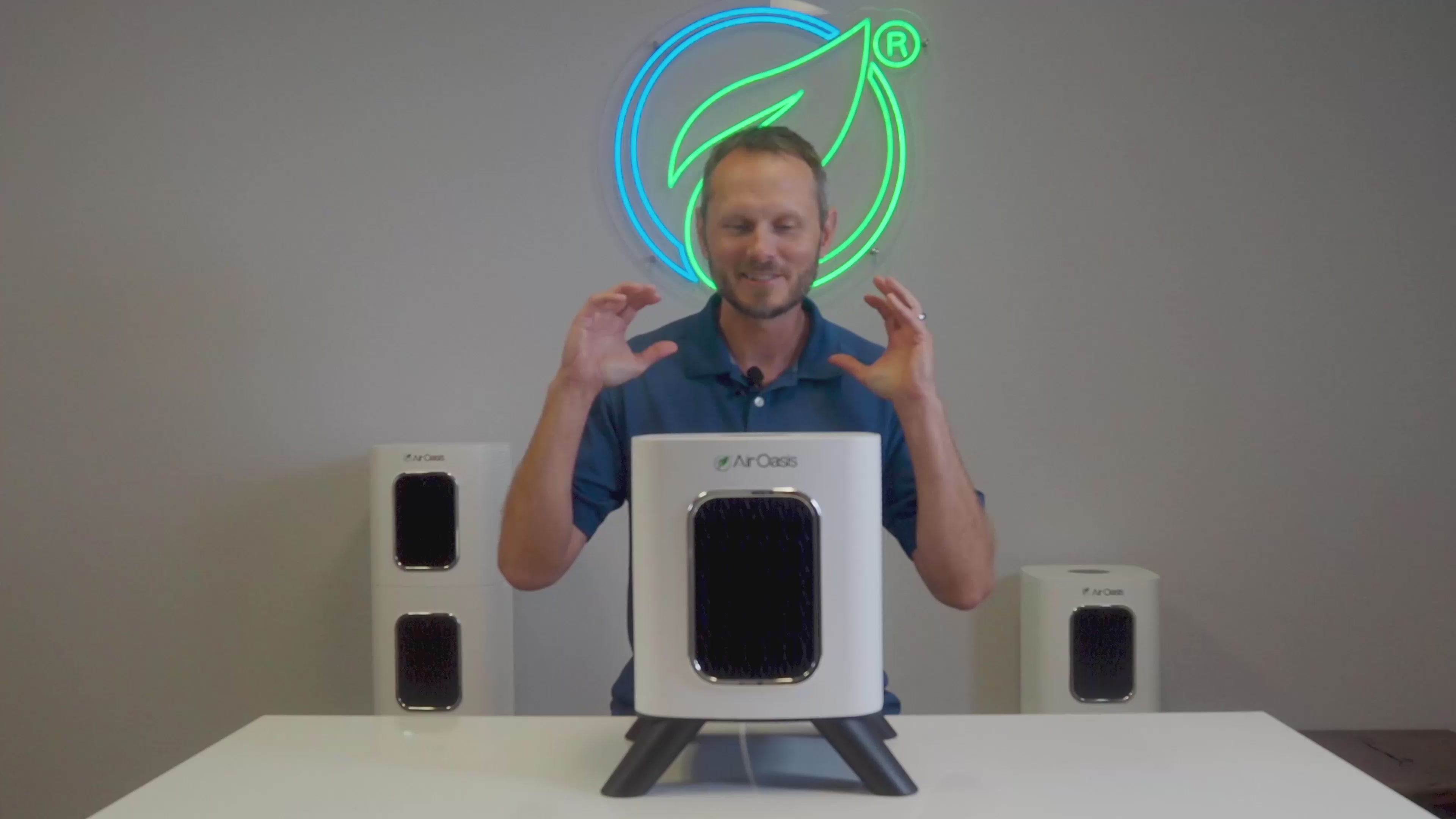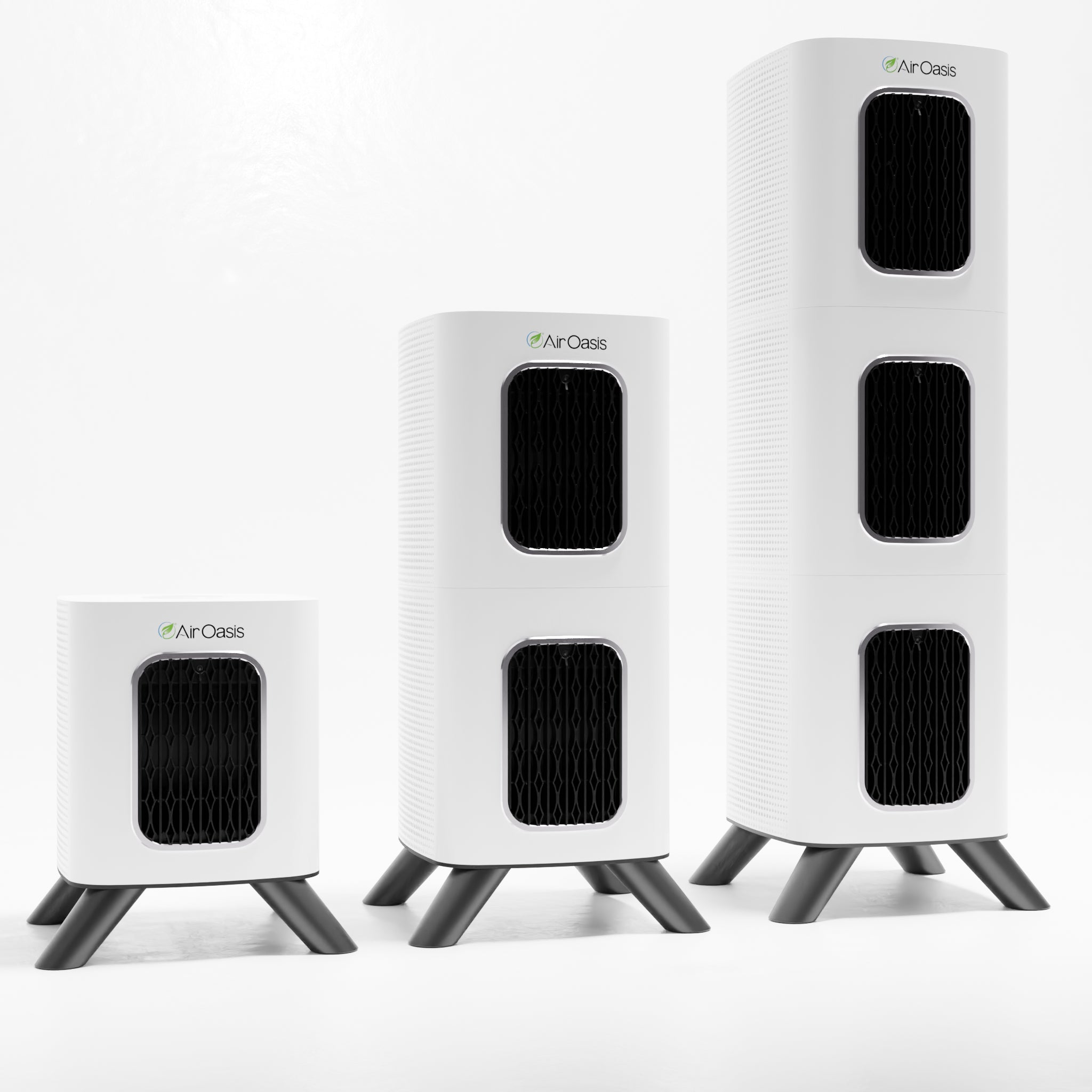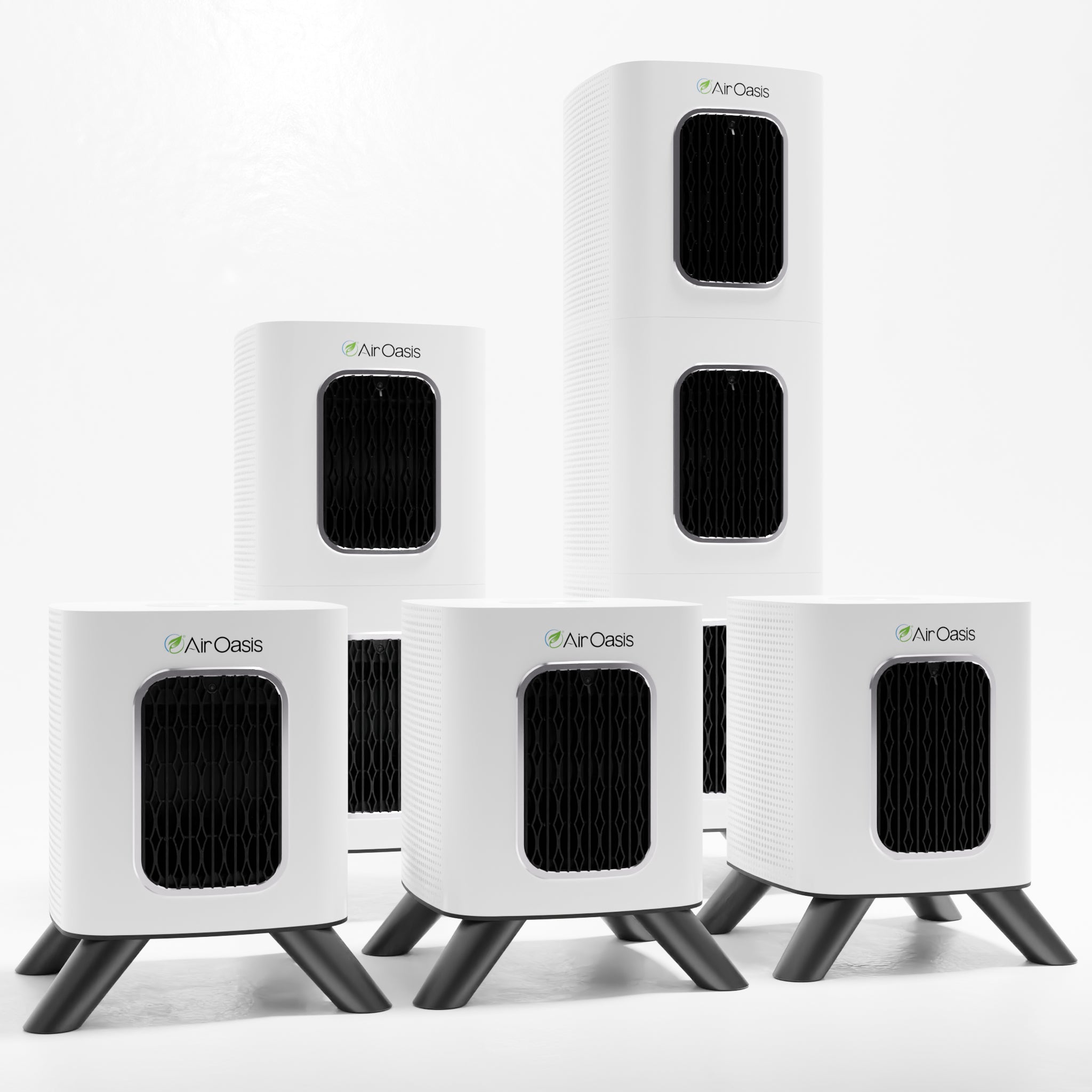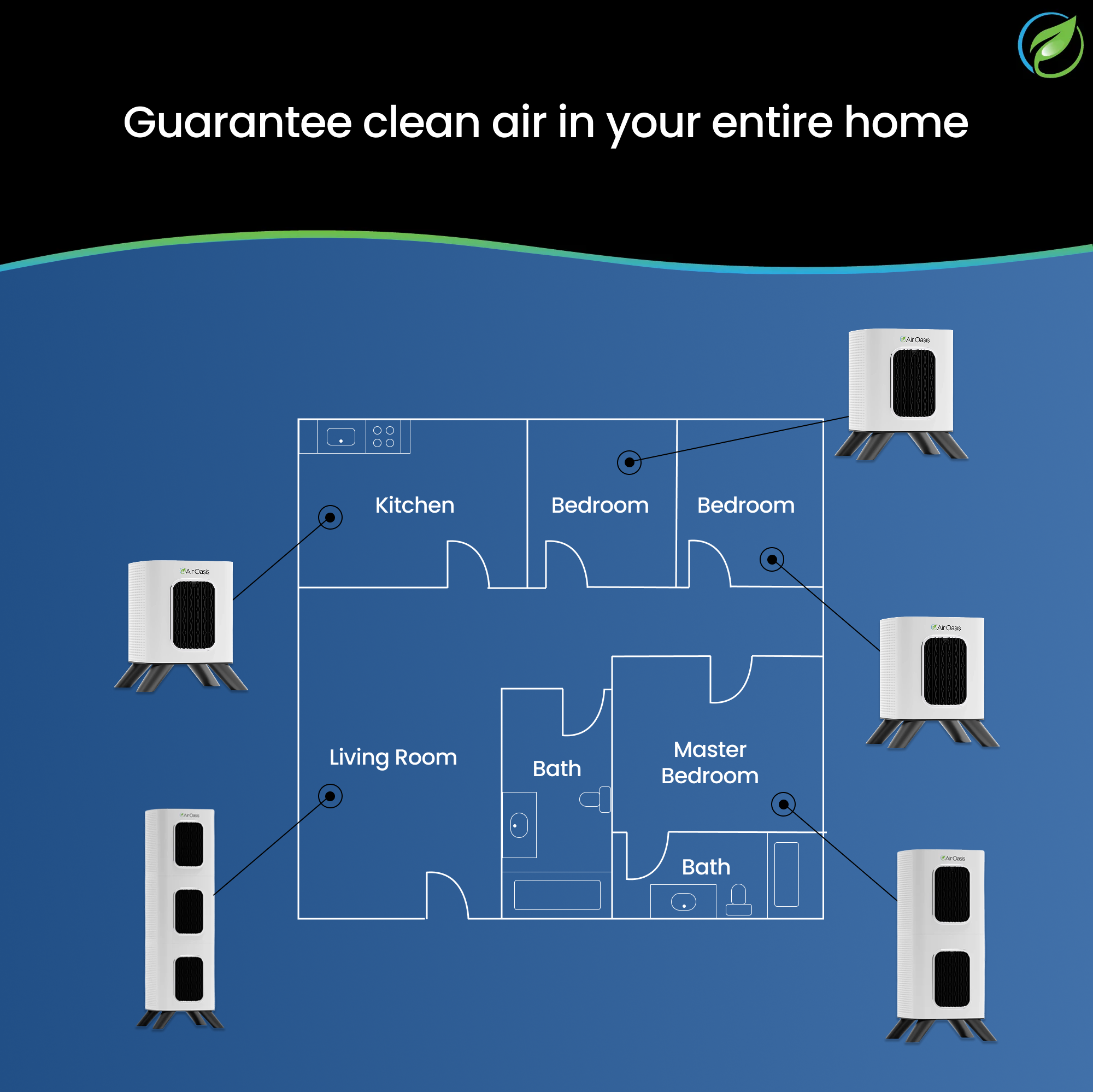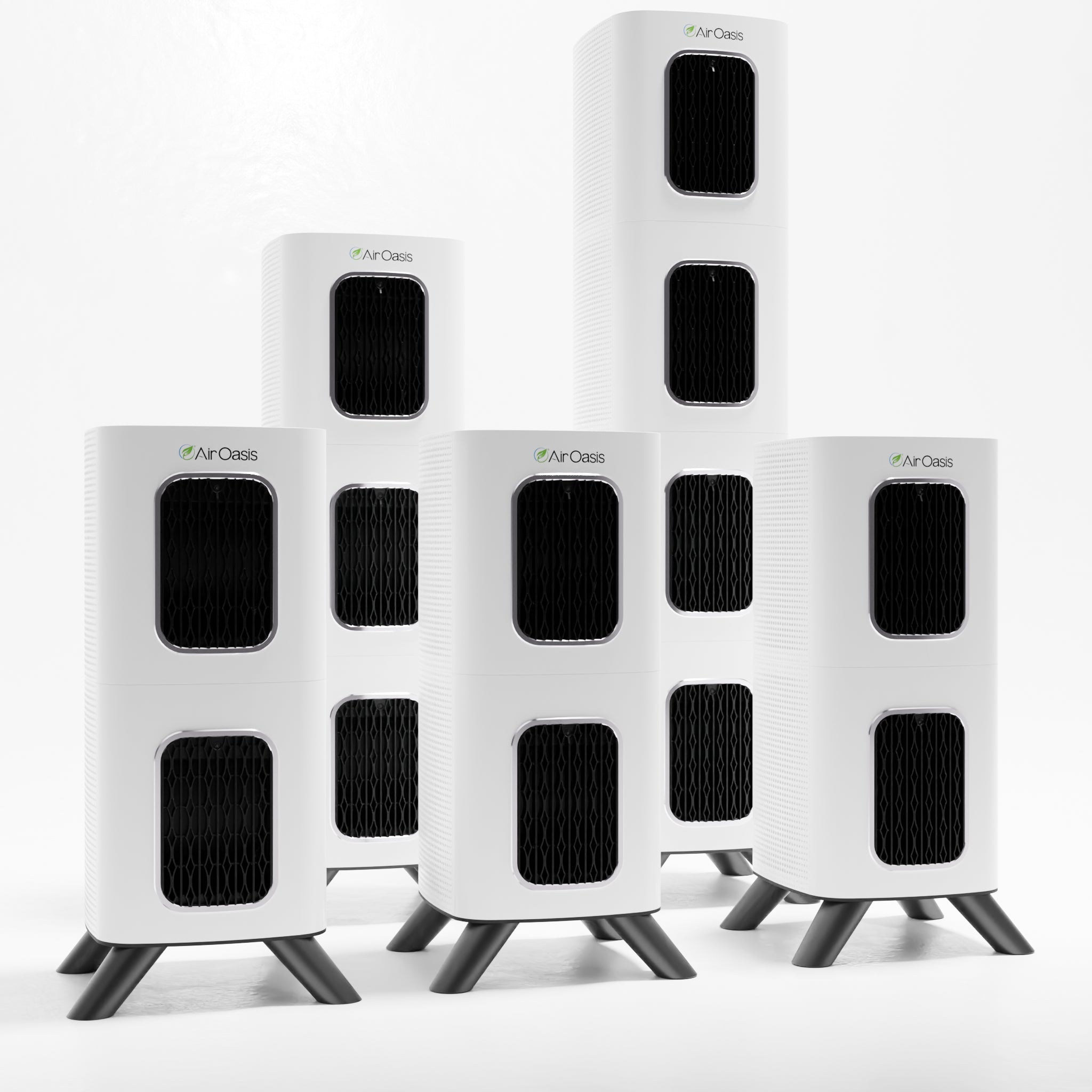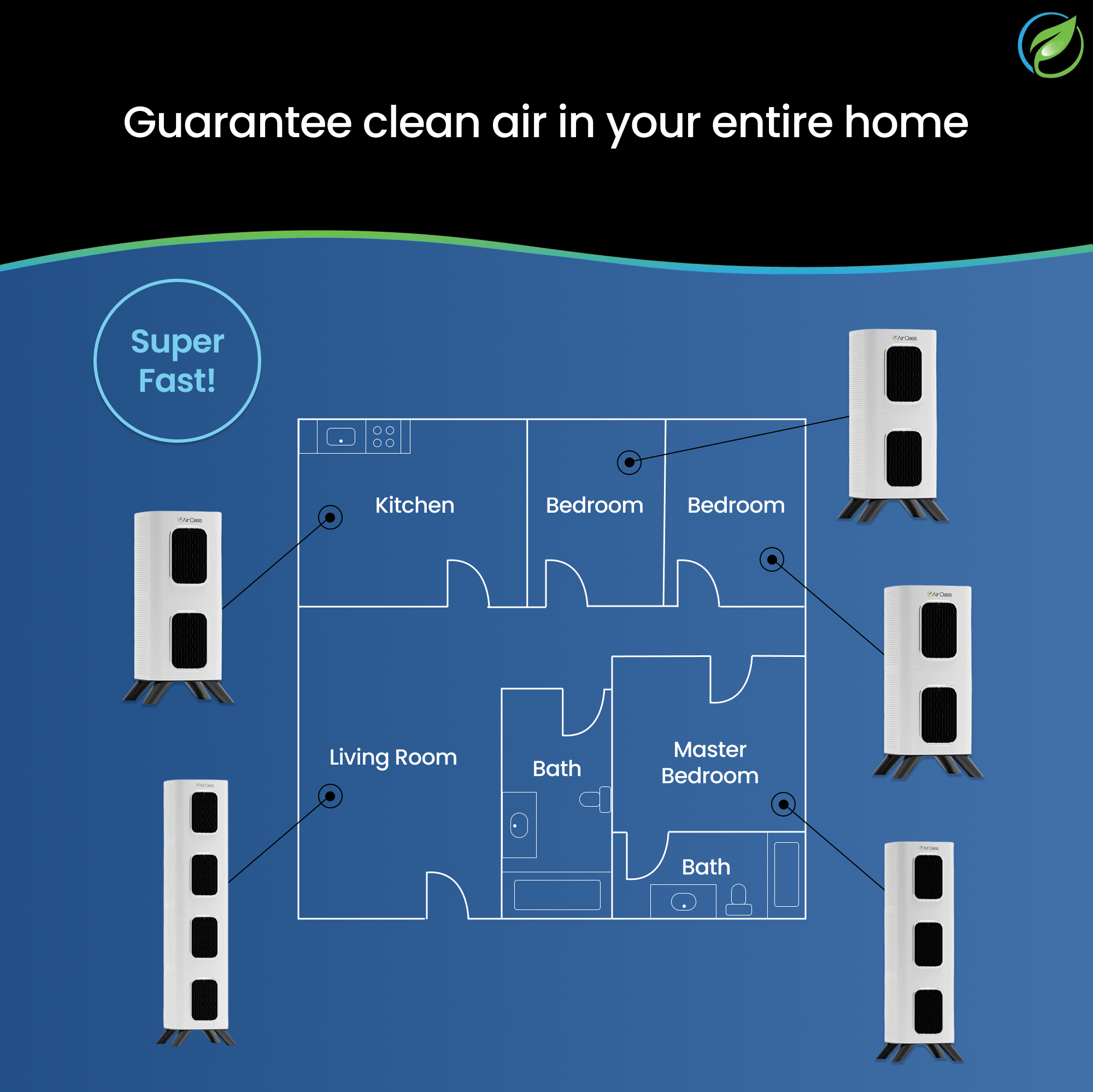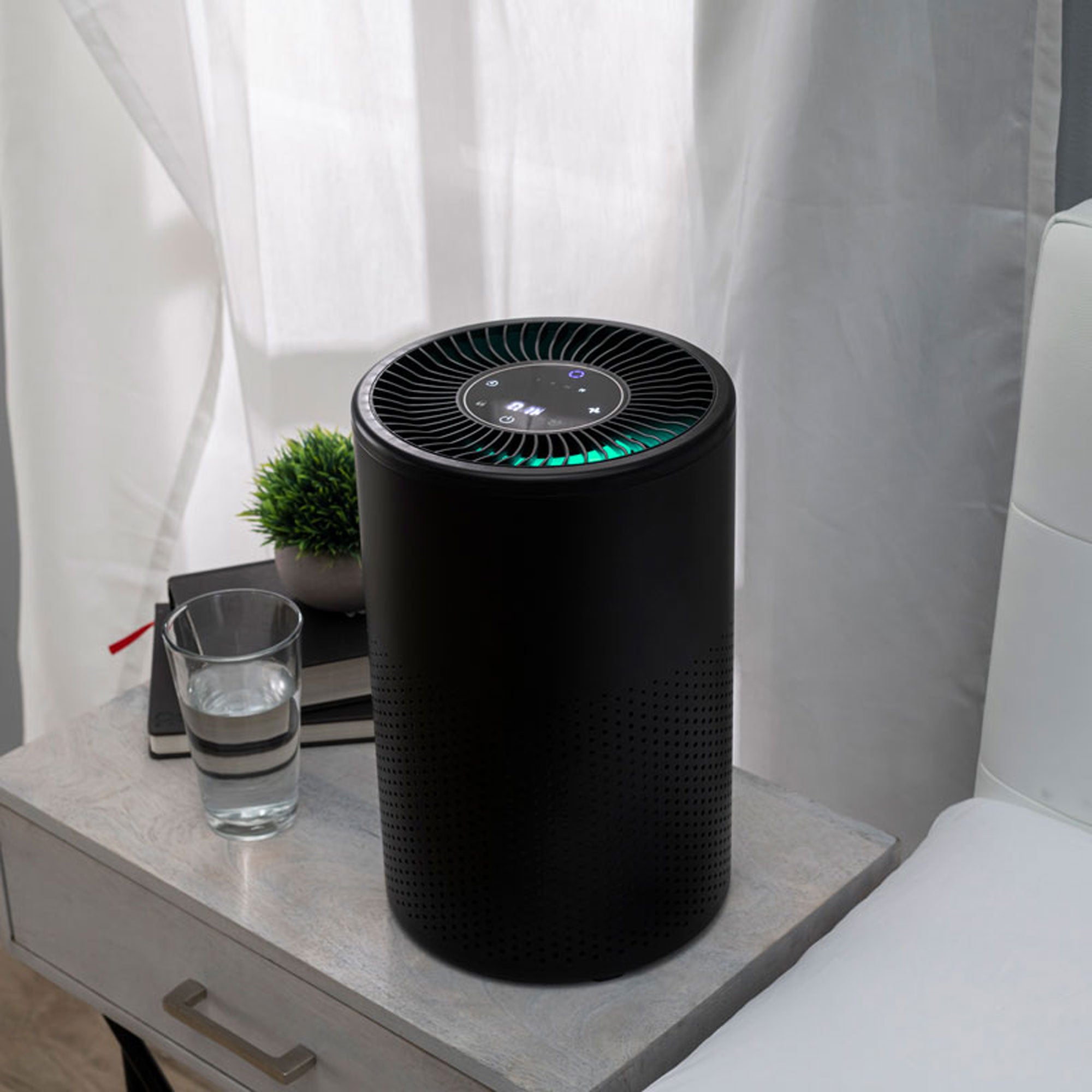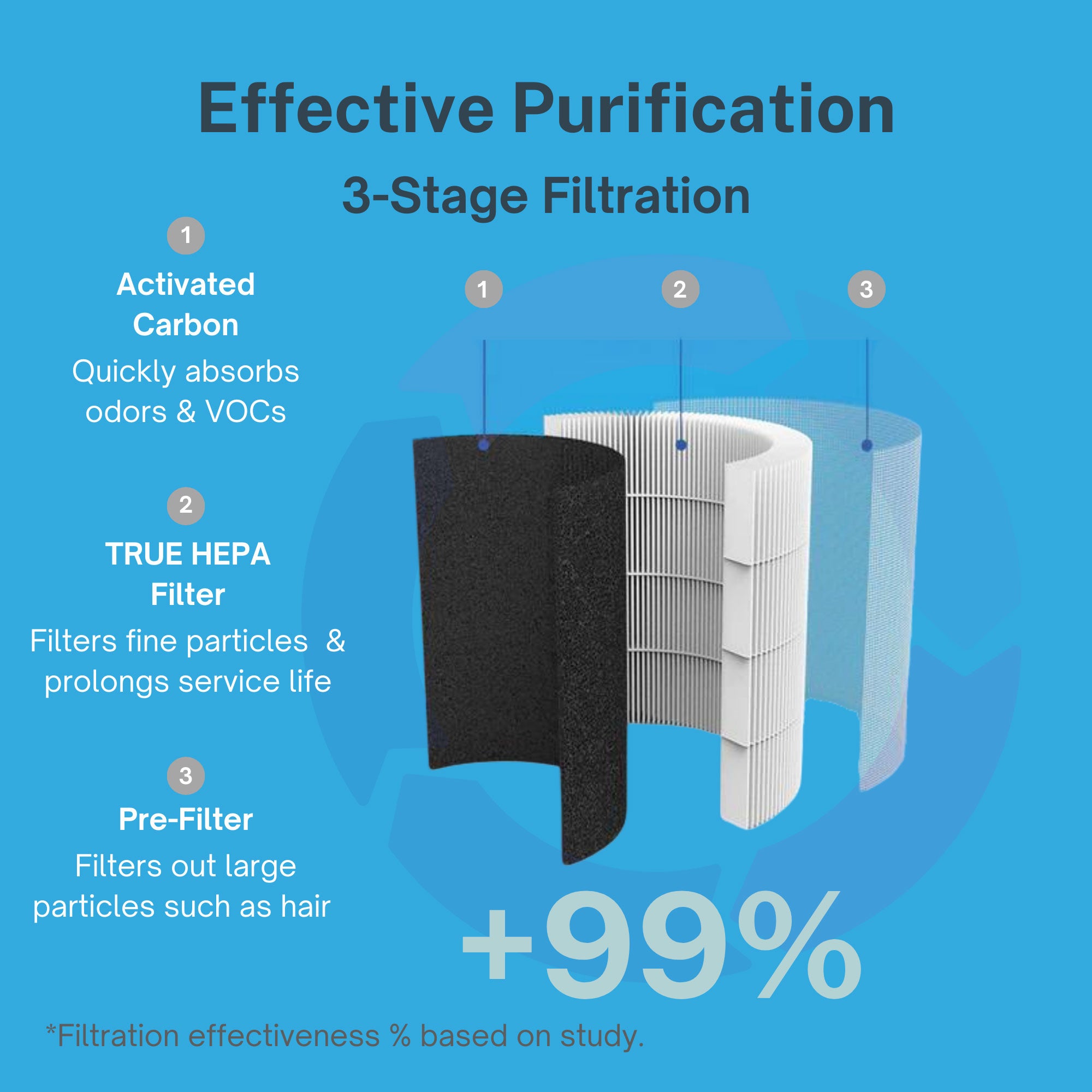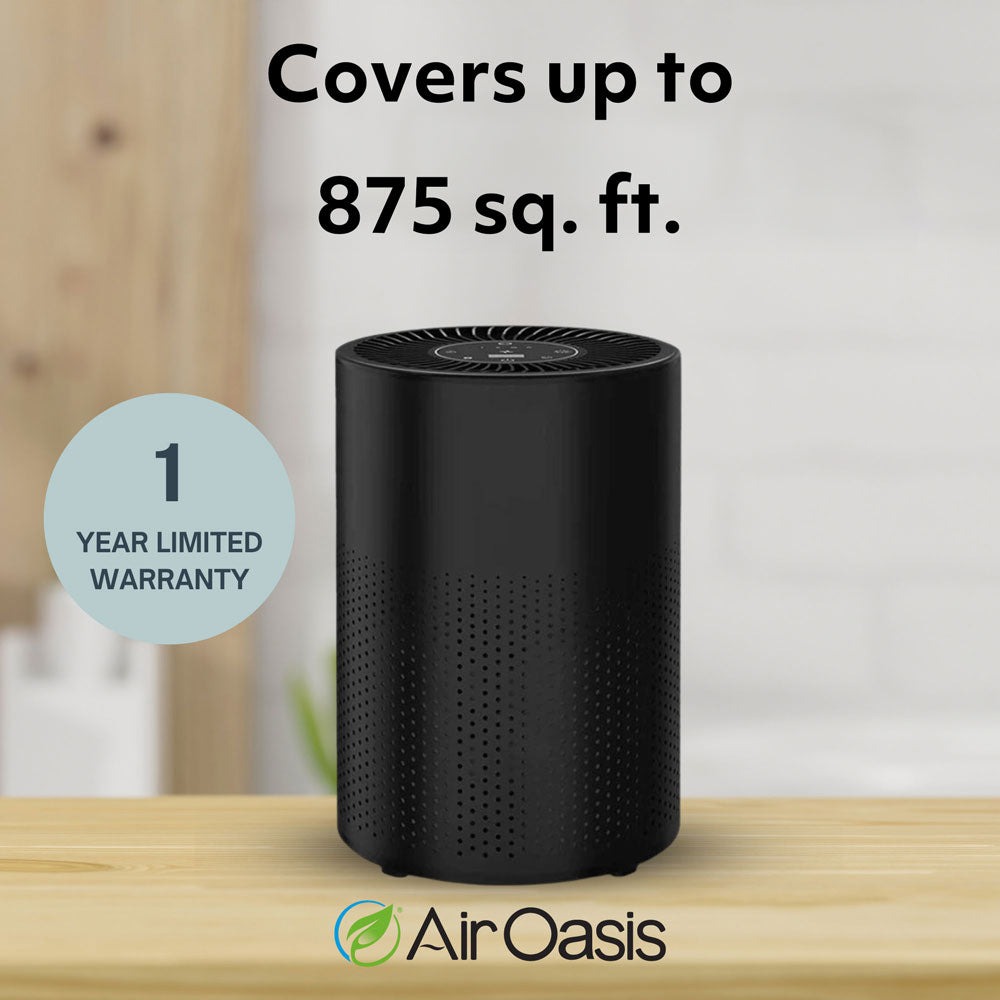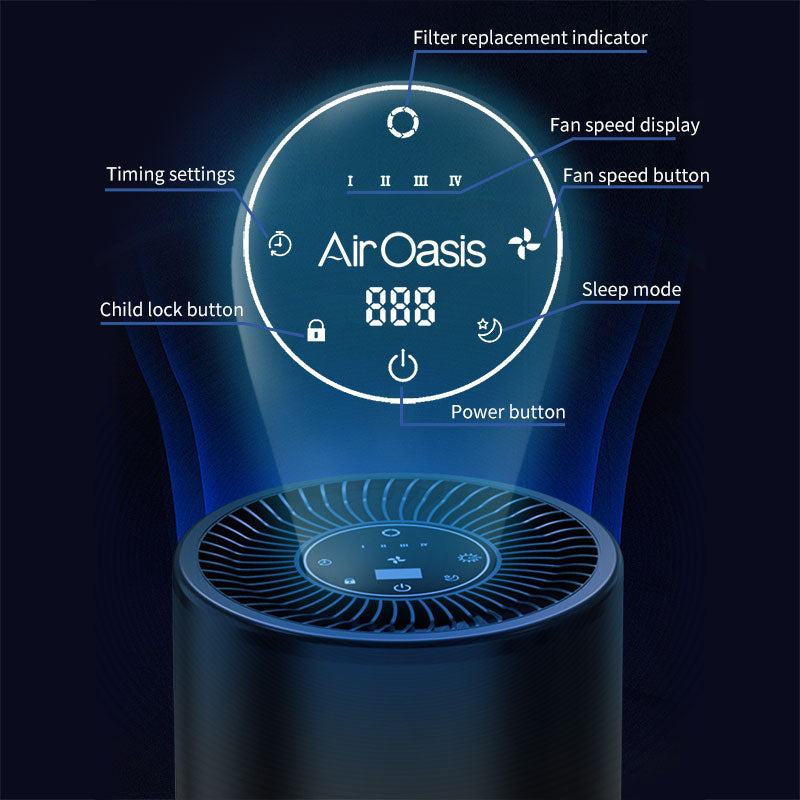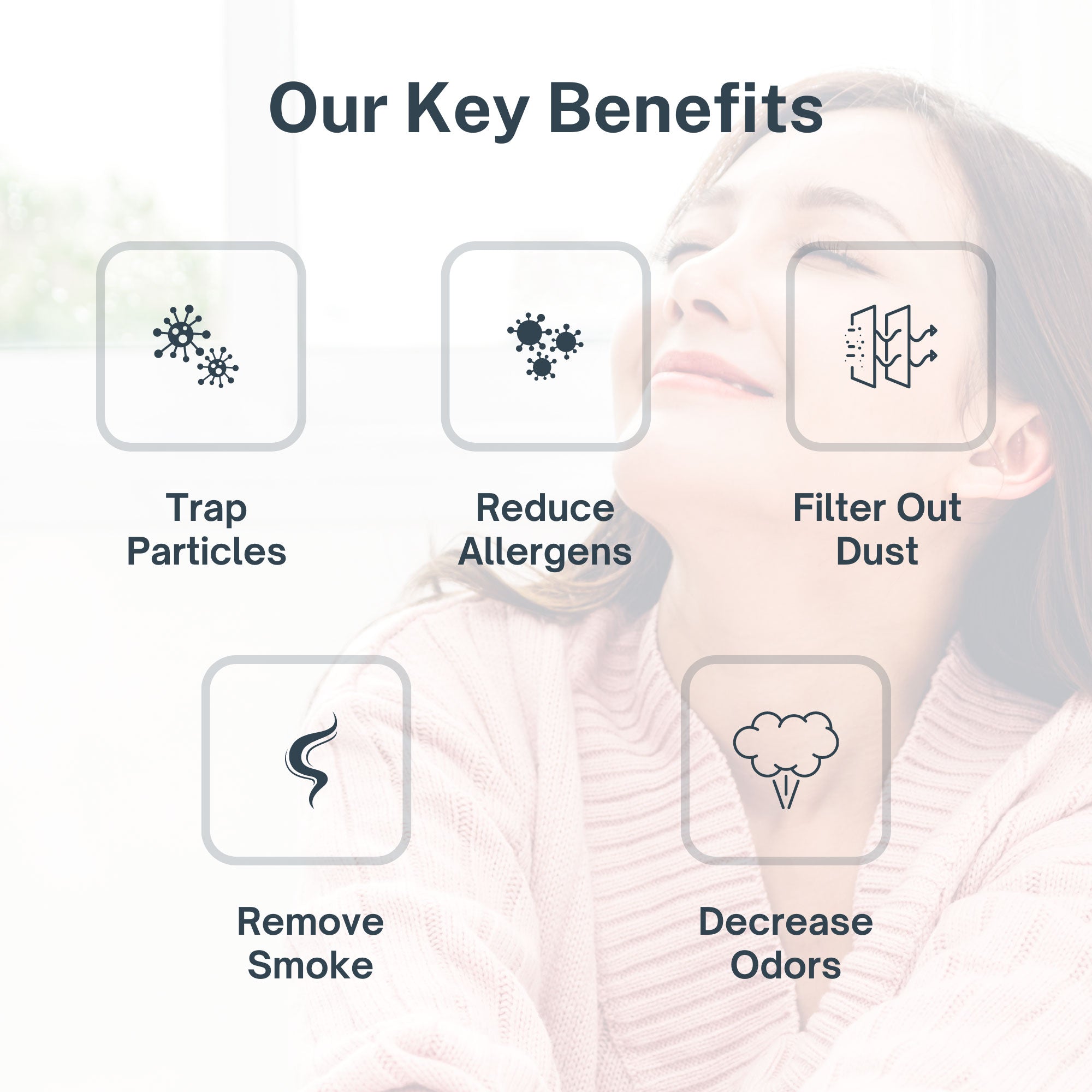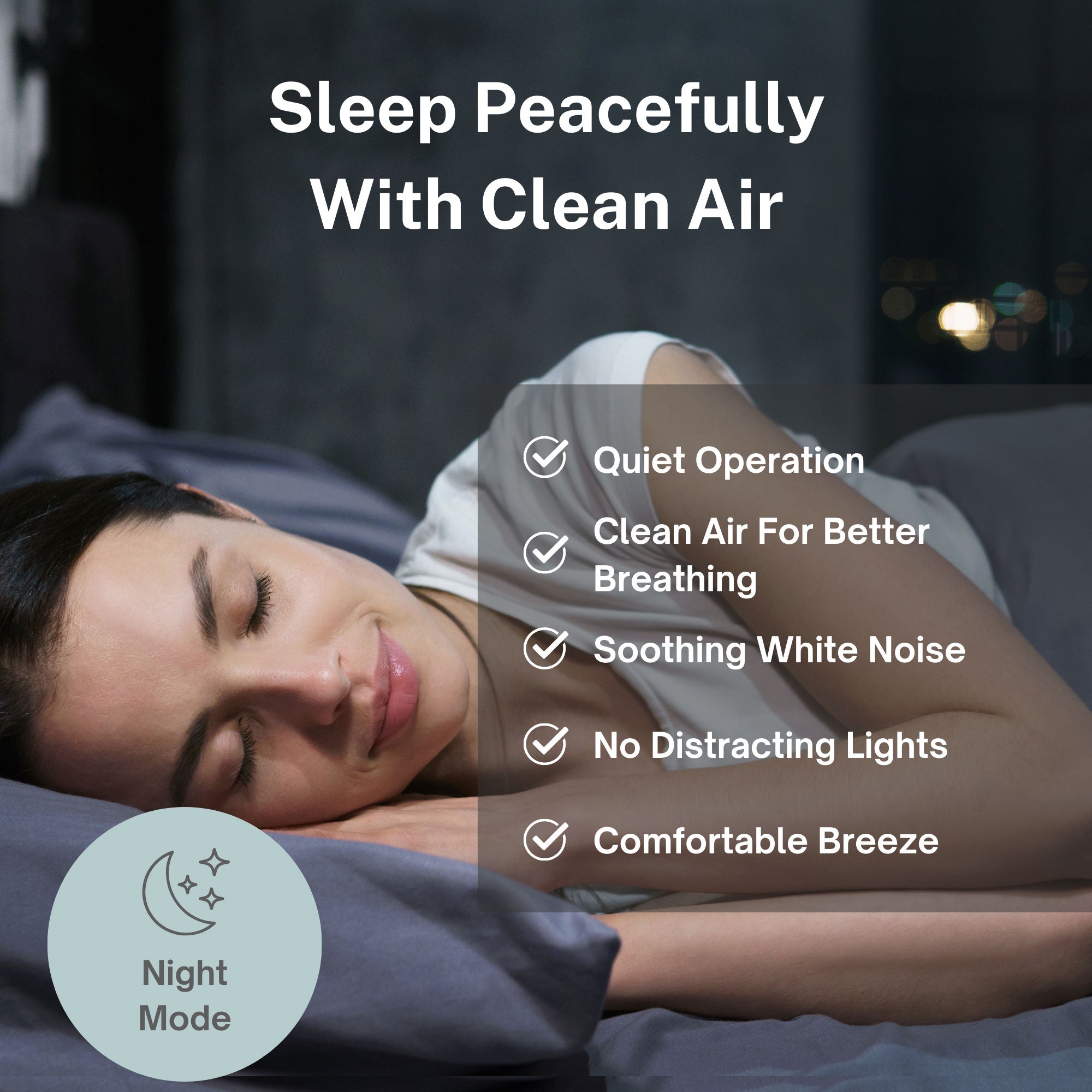Air pollution's impact extends beyond respiratory health into an unexpected domain: workplace safety. New research from Yonsei University reveals that elevated particulate matter concentrations significantly increase both the frequency and severity of industrial accidents, creating substantial human and economic costs that have been largely overlooked in traditional pollution impact assessments.
Study Design and Methodology
The research, led by Dr. Ning Zhang of Yonsei University in South Korea in collaboration with Dr. Zaikun Hou of Shandong University and Dr. Huan Chen of the University of Cambridge, was published in Energy Economics. The team analyzed two decades of accident records spanning from 2000 to 2020, matching each incident with corresponding local air pollution and weather data.
To establish causality rather than mere correlation, researchers employed thermal inversions as an instrumental variable. Thermal inversions are meteorological events that trap pollutants close to ground level, creating natural experiments where pollution levels fluctuate independently of other factors that might influence accident rates. This methodological approach allowed the team to isolate the specific effect of fine particulate pollution (PM2.5) on safety liability accidents.
Workplace safety represents a critical component of worker protection, with environmental factors playing important roles in accident prevention.
Quantified Risk Increases
The analysis revealed substantial increases in accident risk associated with PM2.5 exposure. Doubling PM2.5 concentrations correlated with a 2.6-fold increase in workplace accident risk—a dramatic elevation that transforms pollution from a background health concern into an immediate safety hazard. The research also documented that these elevated pollution levels produced 37% more fatalities and 51% more total casualties in workplace accidents.
The strongest effects appeared in specific industries. Coal mining and construction showed the most pronounced relationships between air pollution levels and accident occurrence, though effects were measurable across multiple industrial sectors. These industries involve complex physical tasks, heavy machinery operation, and environments where cognitive impairment or reduced alertness can produce catastrophic consequences.
Economic Cost Estimates
Beyond the human toll, the research quantified substantial economic impacts. Pollution-related workplace accidents are estimated to cost society between $4.9 billion and $10.1 billion. These figures represent direct costs from accidents—including medical expenses, property damage, lost productivity, and compensation—attributable specifically to air pollution's influence on workplace safety.
Dr. Zhang noted: "Our study shows that air pollution can significantly increase the occurrence and severity of safety liability accidents across industries. This finding extends the social cost estimation of air pollution beyond traditional health and productivity losses, revealing a new dimension of its economic burden."
The economic burden identified in this research adds to already substantial pollution costs documented in healthcare expenditures, reduced labor productivity, and premature mortality. Comprehensive cost-benefit analyses of air quality regulations must account for all societal impacts to accurately reflect pollution's true economic burden.
Mechanisms and Cognitive Impact
While the study focused on establishing causal relationships rather than mechanisms, existing research provides context for understanding how air pollution might increase accident risk. PM2.5 particles can affect cognitive function, reduce alertness, impair decision-making, and slow reaction times—all factors critical to workplace safety, particularly in high-risk industries.
The National Institute of Environmental Health Sciences has documented various ways air pollution affects neurological function, including neuroinflammation and disruption of neurotransmitter systems that support attention and executive function.
Broader Research Context
Dr. Zhang positioned the findings within a growing body of evidence: "The growing importance of this topic is reflected in recent work—for example, a 2025 Journal of Public Economics article by Victor Lavy and colleagues also finds that air pollution raises workplace accident risks. Together, these studies show that the safety impacts of air pollution are gaining increasing policy attention."
This convergence of evidence from independent research teams using different methodologies and data sources strengthens confidence that the pollution-accident relationship represents a genuine causal phenomenon rather than statistical artifact or confounding.
Practical Interventions
The study identifies several practical measures that companies and governments can implement during pollution spikes. Recommended interventions include providing masks and air purifiers to workers, improving ventilation in work environments, issuing early safety warnings when pollution levels rise, rescheduling high-risk work to periods of better air quality, and temporarily adjusting shifts to reduce exposure during peak pollution hours.
The researchers emphasize that greater defensive measures should be implemented during periods of severe air pollution or haze to minimize workplace risks and protect employee health. These interventions represent cost-effective strategies for reducing accident rates without requiring permanent operational changes.
Policy Implications
Looking ahead, Dr. Zhang believes the findings could guide integrated environmental and occupational safety policies: "Over the next five to ten years, our findings could inform policies linking environmental regulation with workplace safety standards—encouraging industries to include air-quality indicators in their risk management and insurance systems. For ordinary people, such changes would mean safer workplaces, cleaner air, and more resilient communities."
Such policy integration would represent a significant shift in how industries approach both environmental compliance and worker protection, treating air quality as a direct safety factor rather than solely an environmental or health concern.
Study Limitations and Strengths
The authors acknowledge potential limitations including underreported accidents in some regions and the focus on short-term pollution exposure rather than cumulative long-term effects. However, they emphasize that the causal evidence drawn from two decades of data underscores an urgent need to address air pollution as a workplace safety issue, not just a health problem.
The use of instrumental variables to establish causality represents a significant methodological strength, allowing researchers to make stronger claims about pollution's direct effects on accident risk rather than simply noting correlations that might reflect other factors.
Protecting Indoor Work Environments
While outdoor air pollution requires large-scale policy interventions, employers can take immediate action to protect workers in indoor environments. Industrial facilities, warehouses, and commercial workplaces can significantly reduce indoor PM2.5 levels through proper air filtration systems.
The iAdaptAir system provides medical-grade HEPA filtration capable of removing 99.97% of particles as small as 0.3 microns, effectively capturing PM2.5 that enters indoor spaces. For businesses in areas experiencing regular pollution episodes or operating in industries identified as high-risk, maintaining clean indoor air represents both a worker protection measure and a potential accident prevention strategy.
Create Safer Indoor Work Environments
Research reveals that air pollution affects not only long-term health but also immediate safety and cognitive function in workplaces. While addressing outdoor pollution requires systemic solutions, protecting indoor air quality in commercial and industrial spaces remains within organizational control.
Invest in proven air purification technology to reduce PM2.5 exposure in your workplace and protect employee safety. Shop Air Oasis today and create healthier, safer environments for your workforce.





